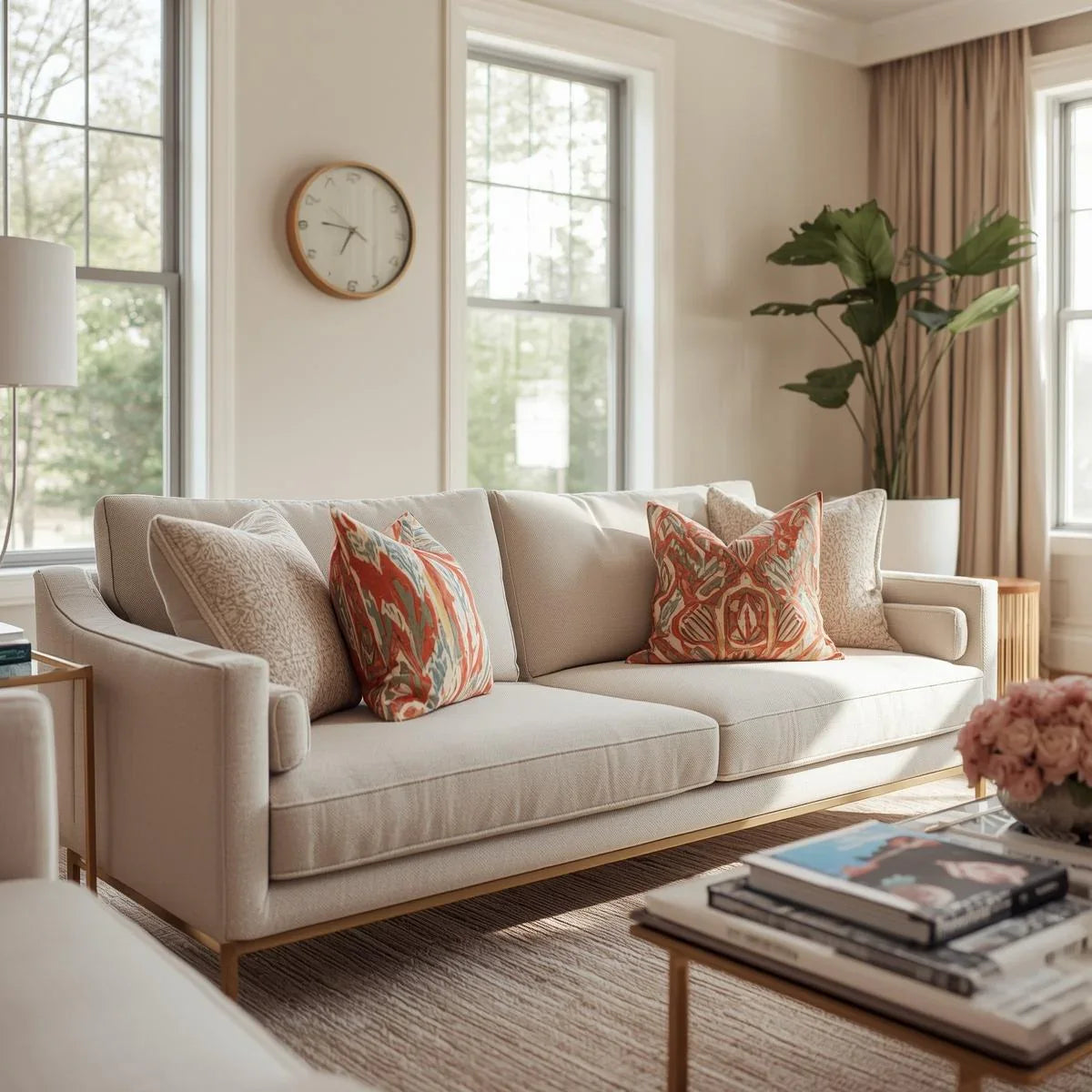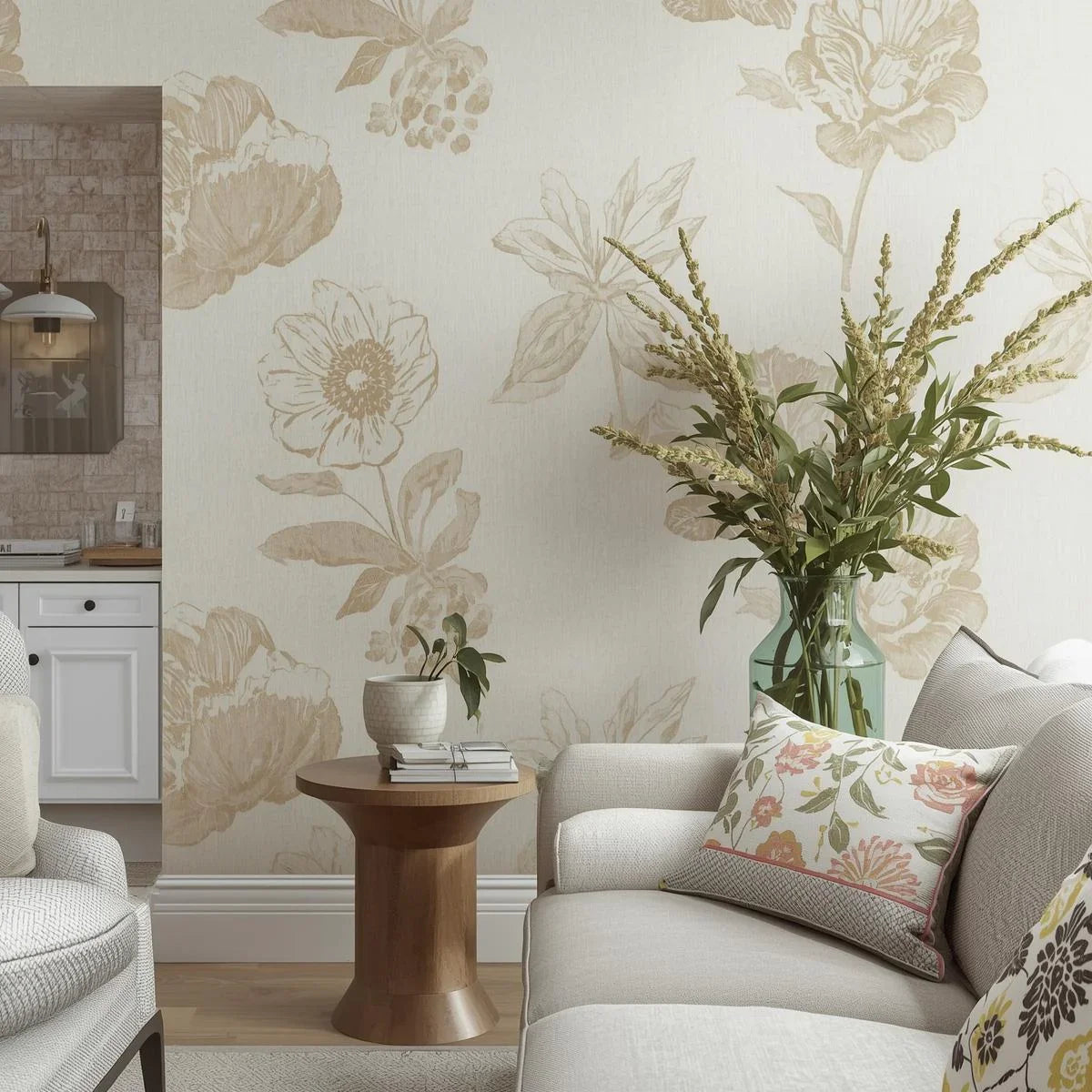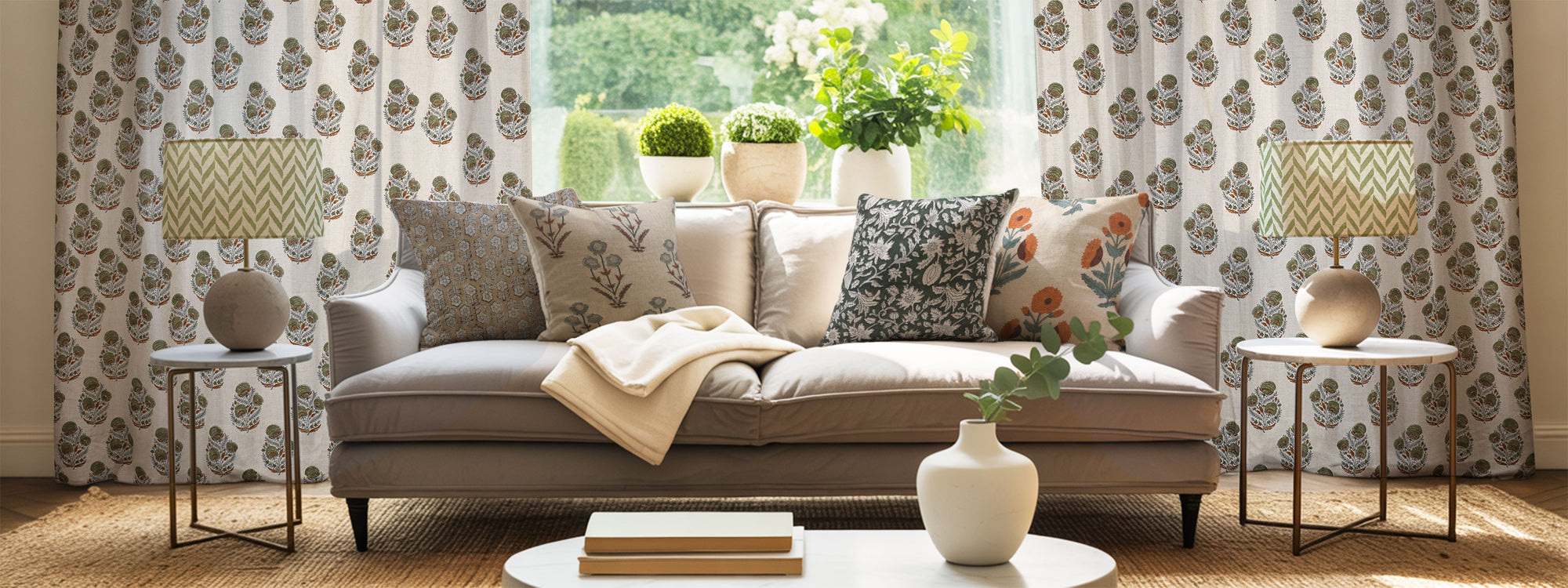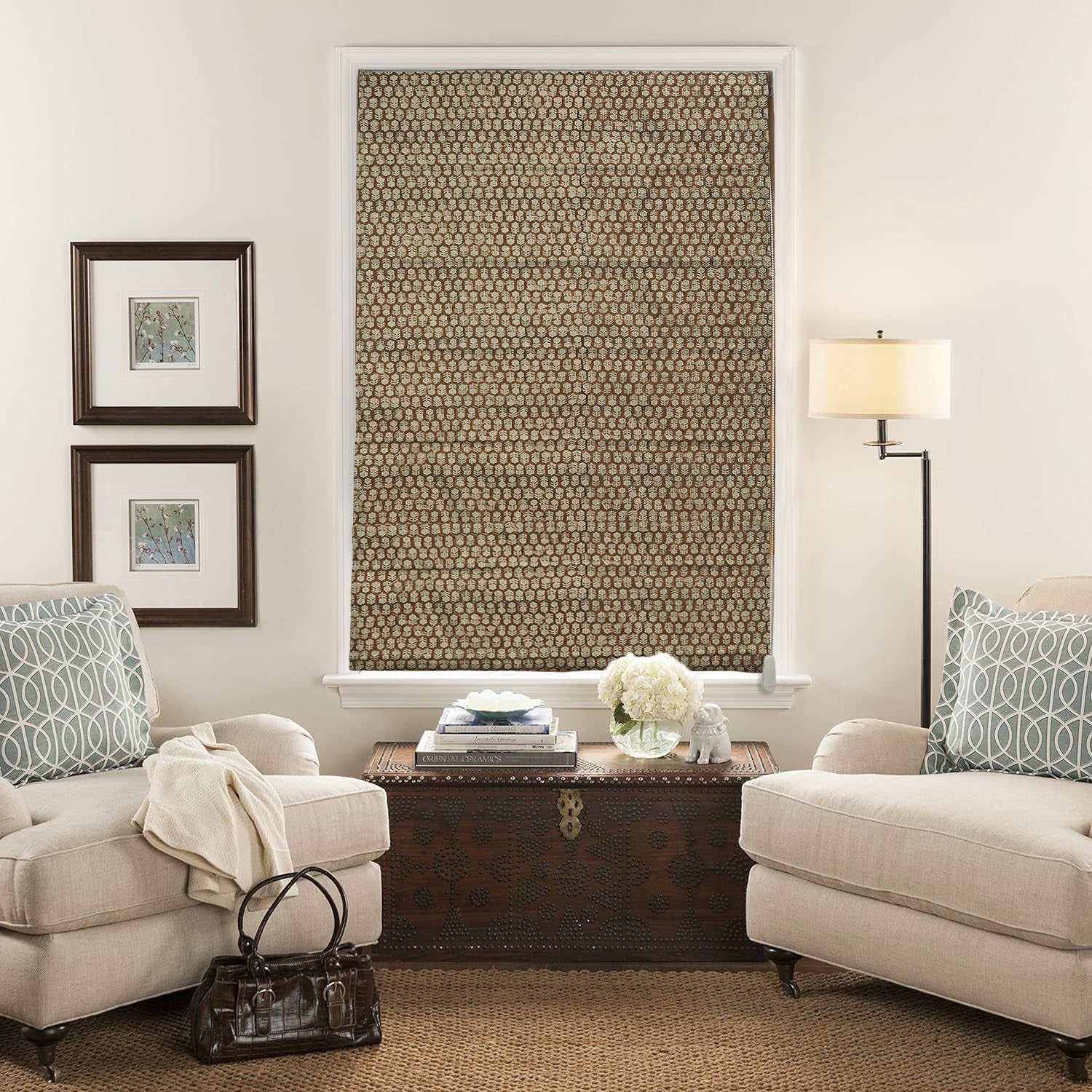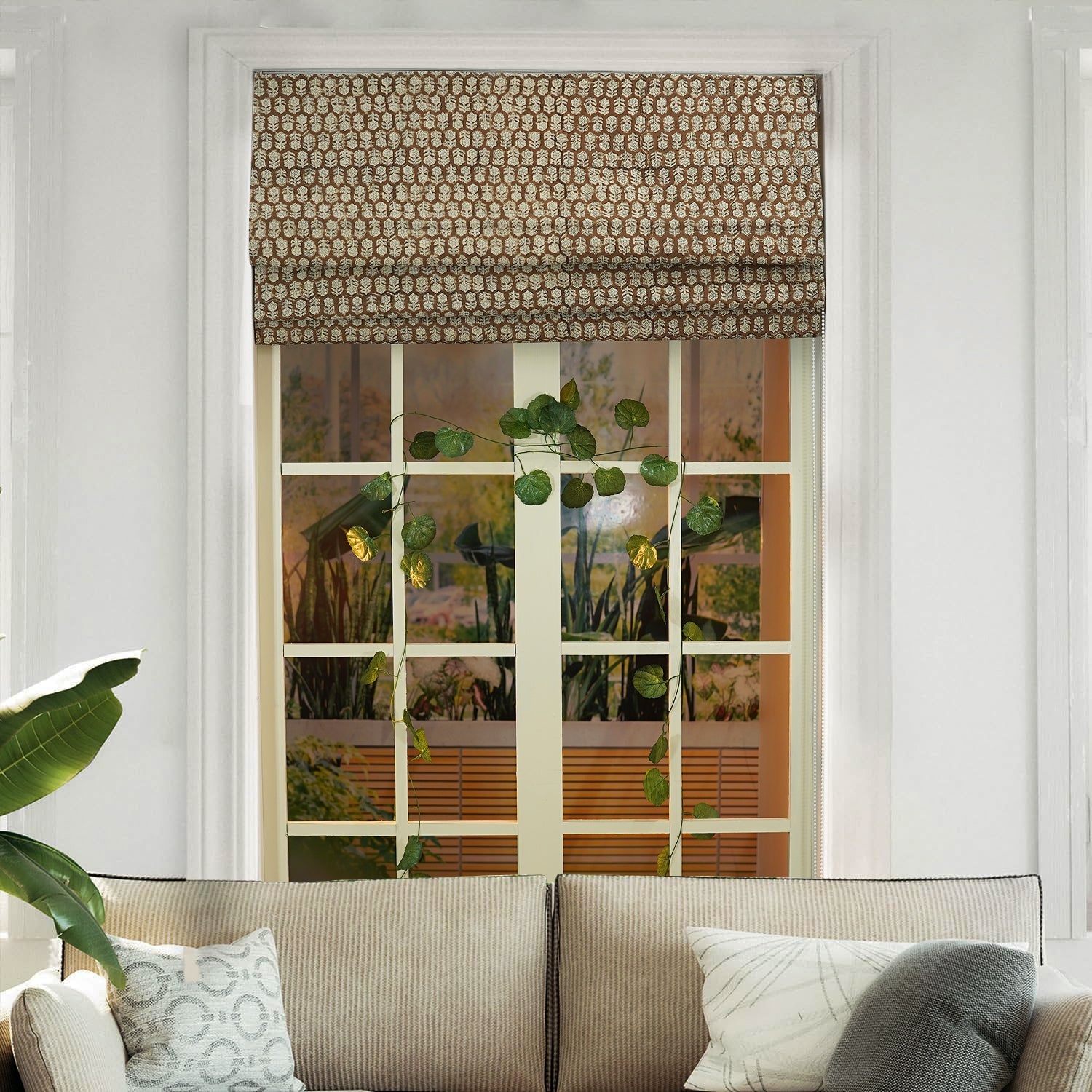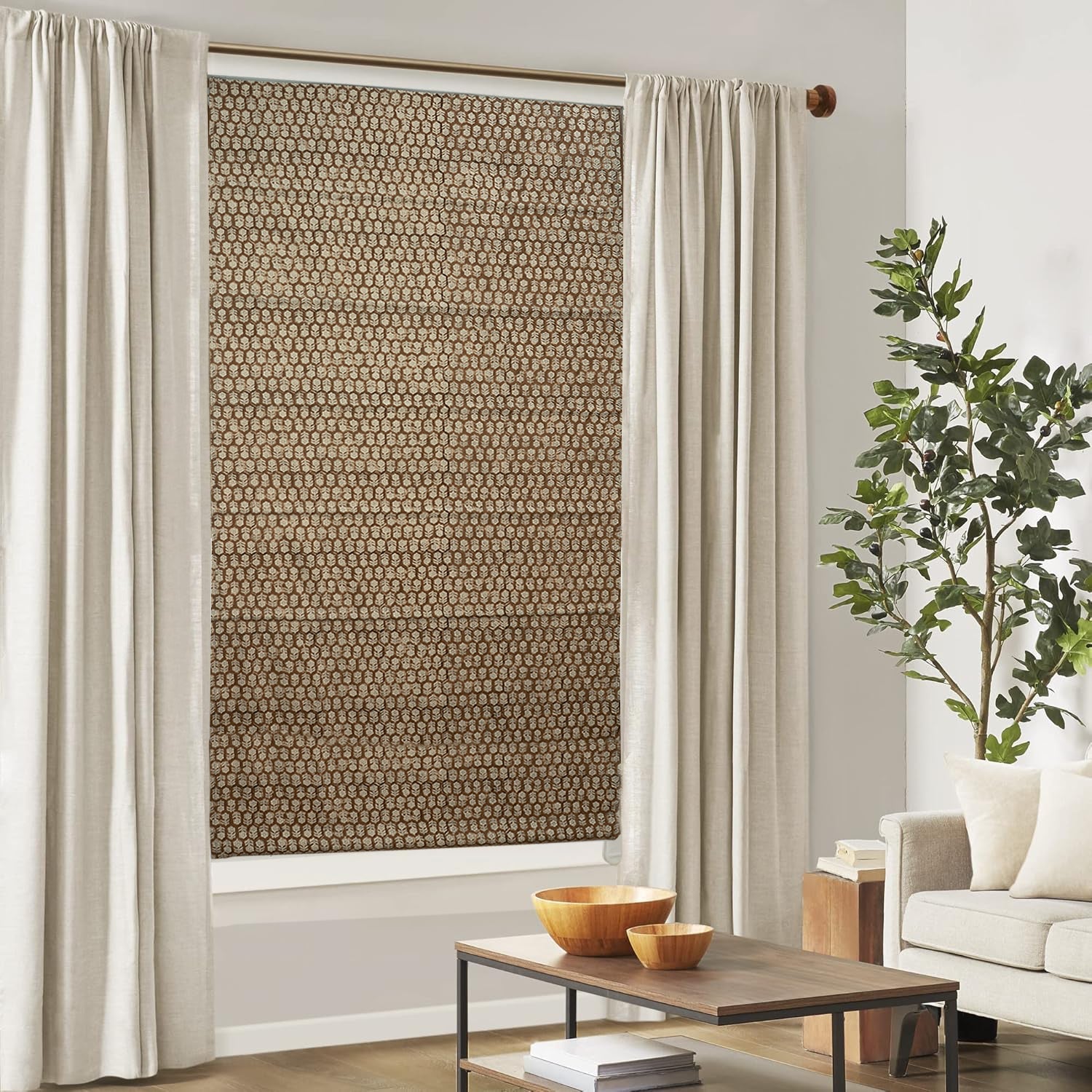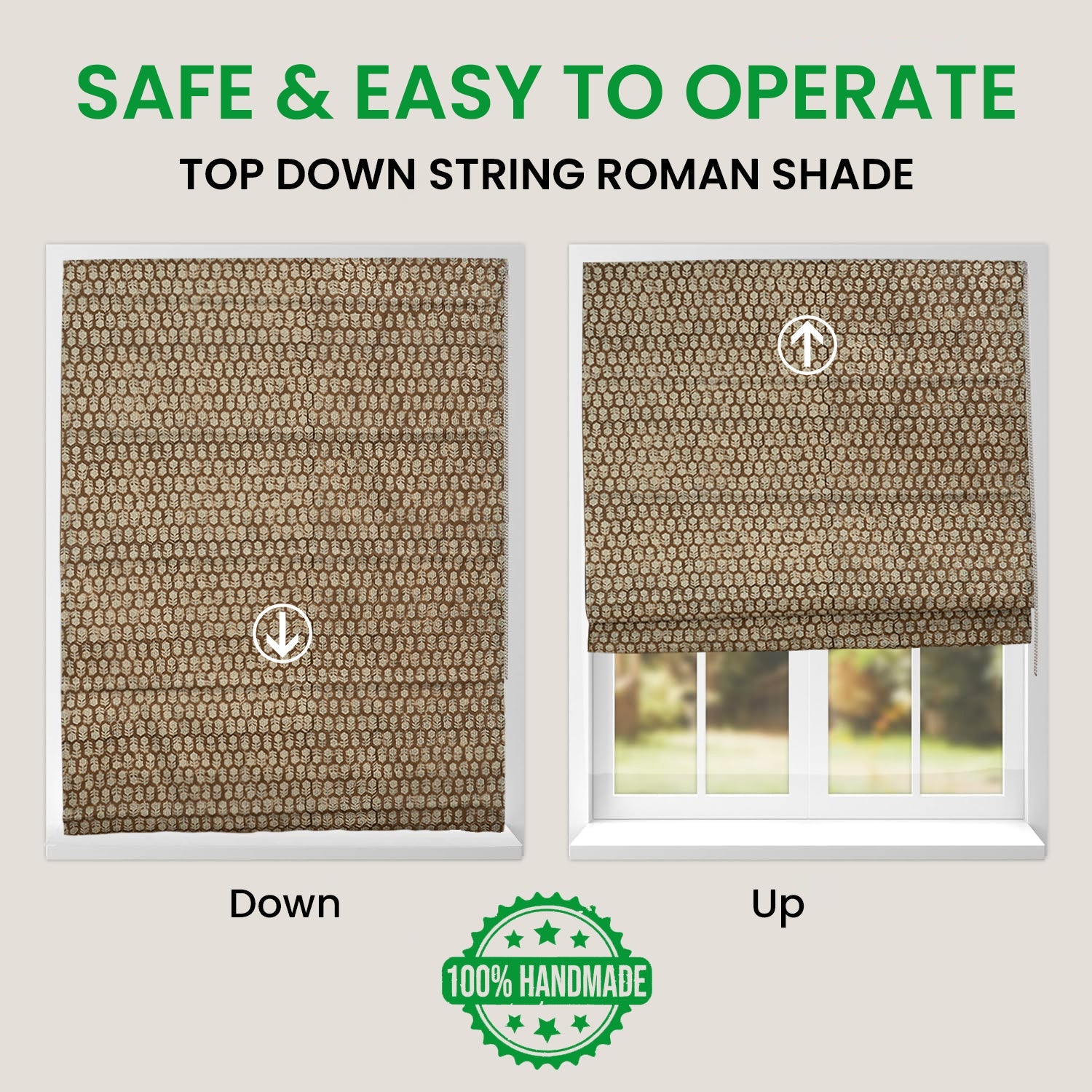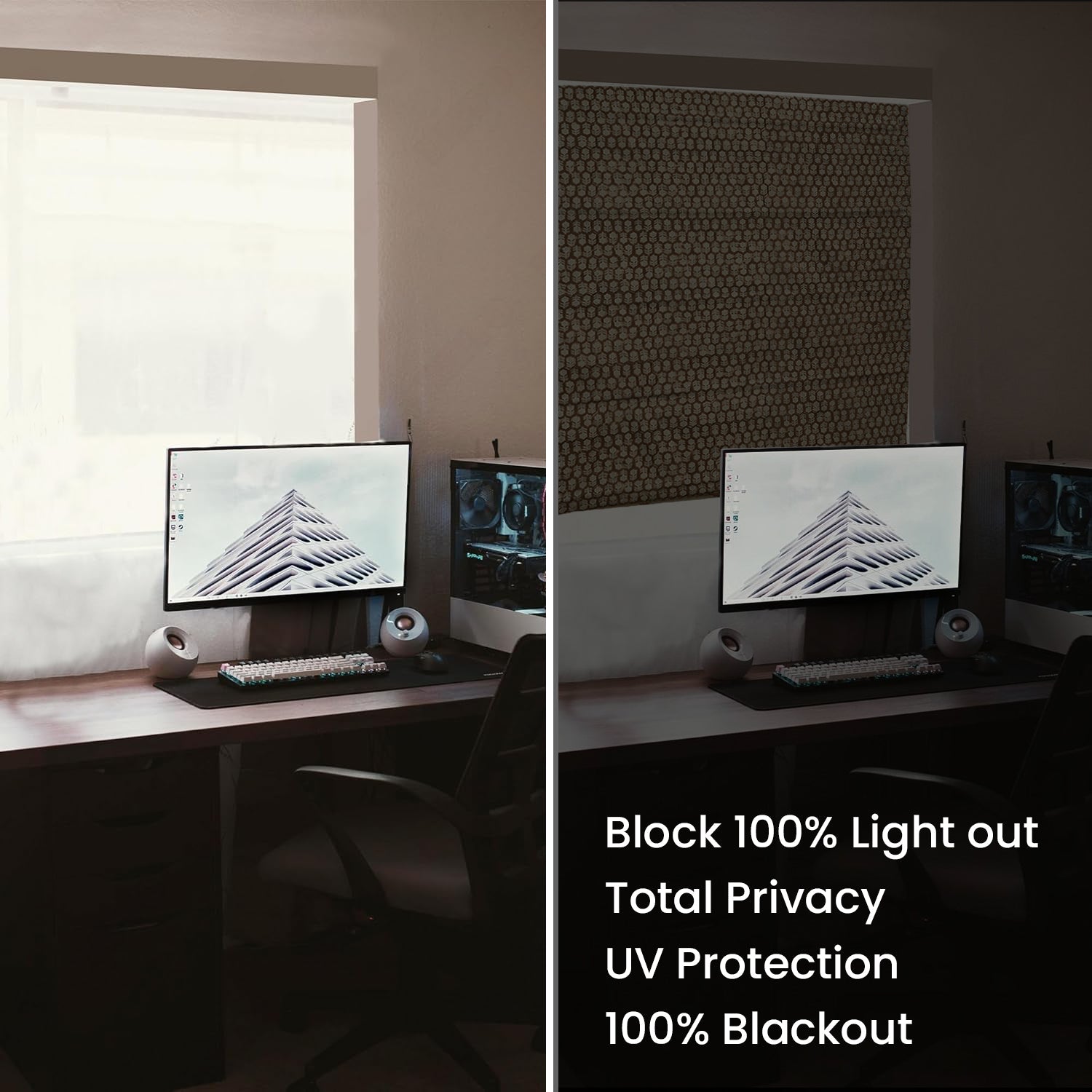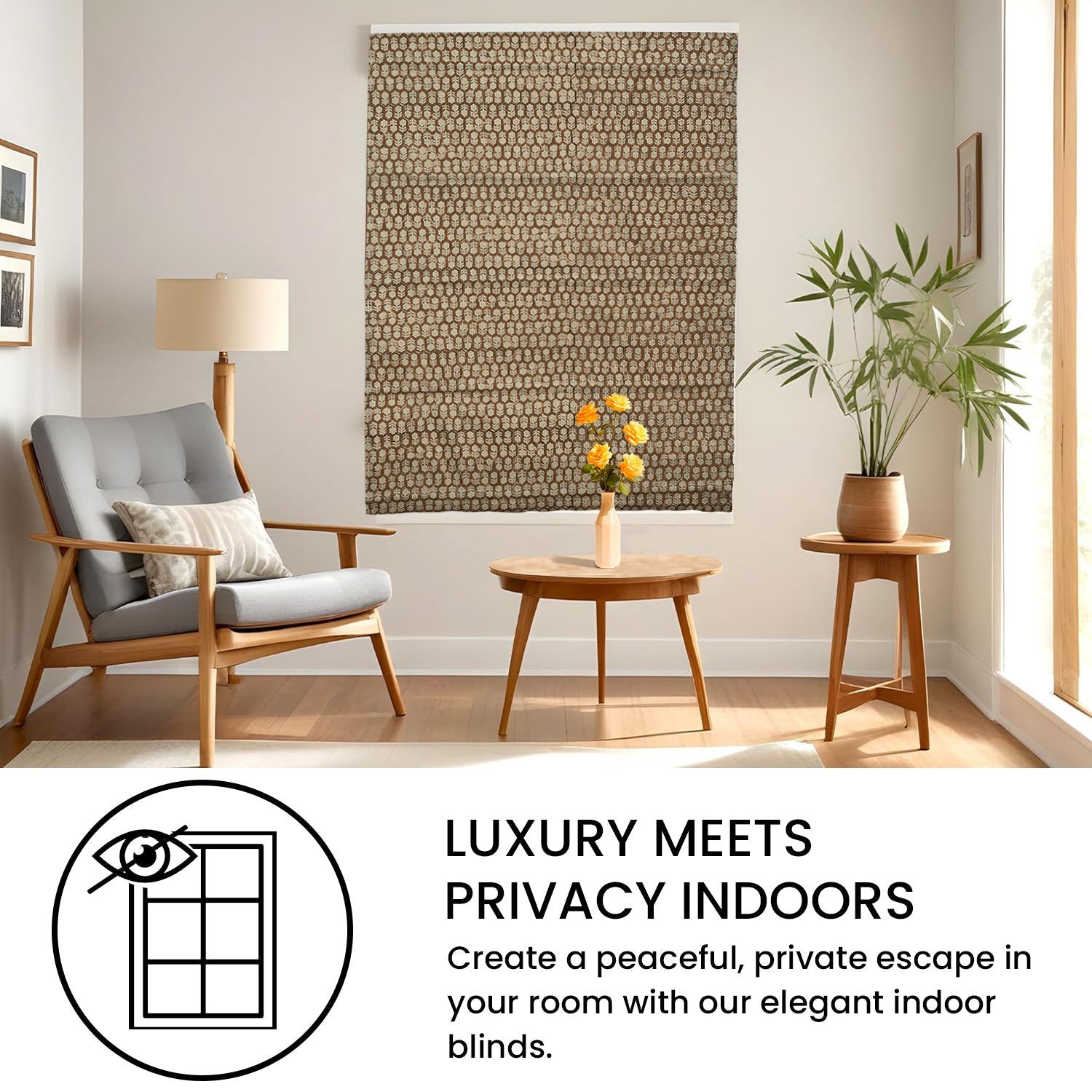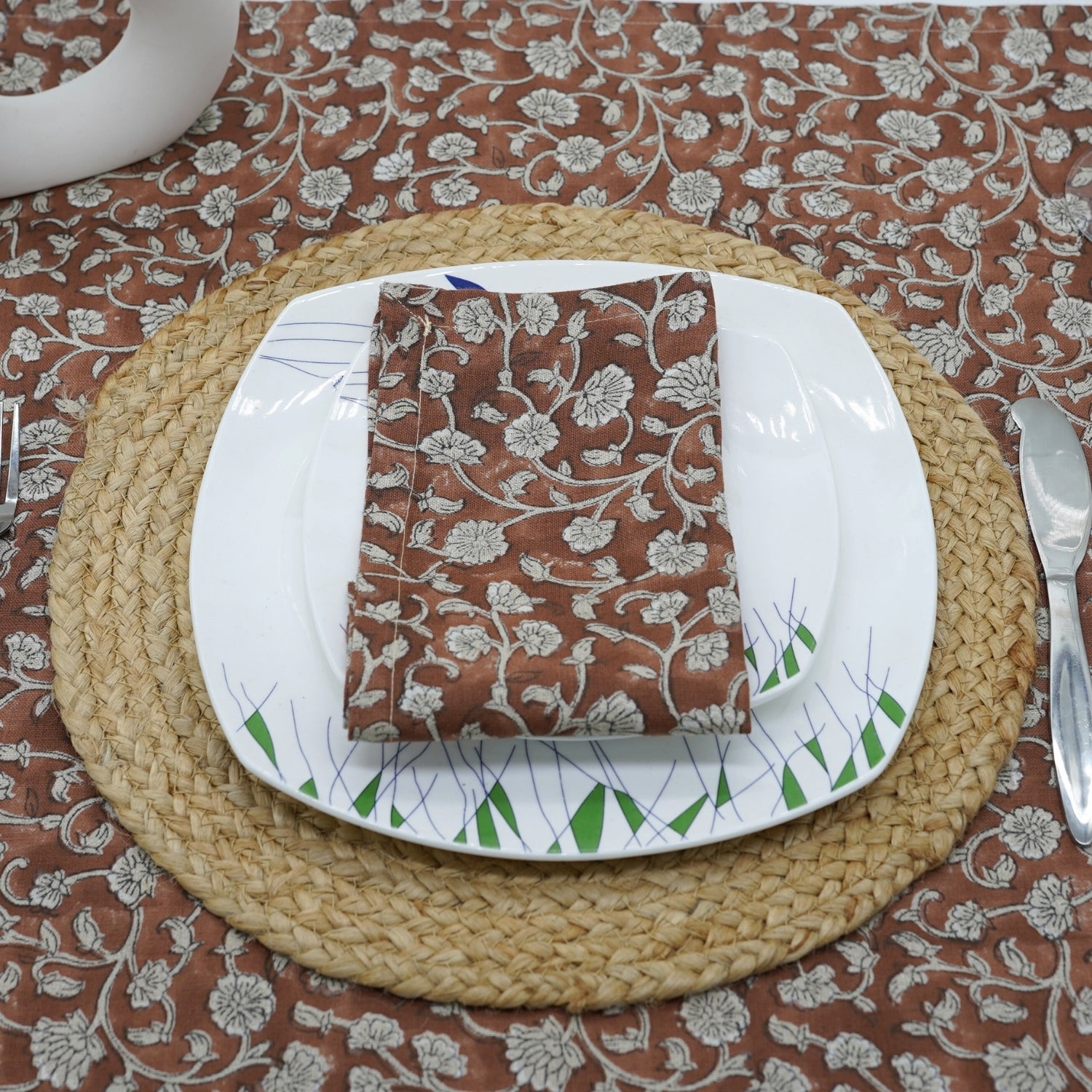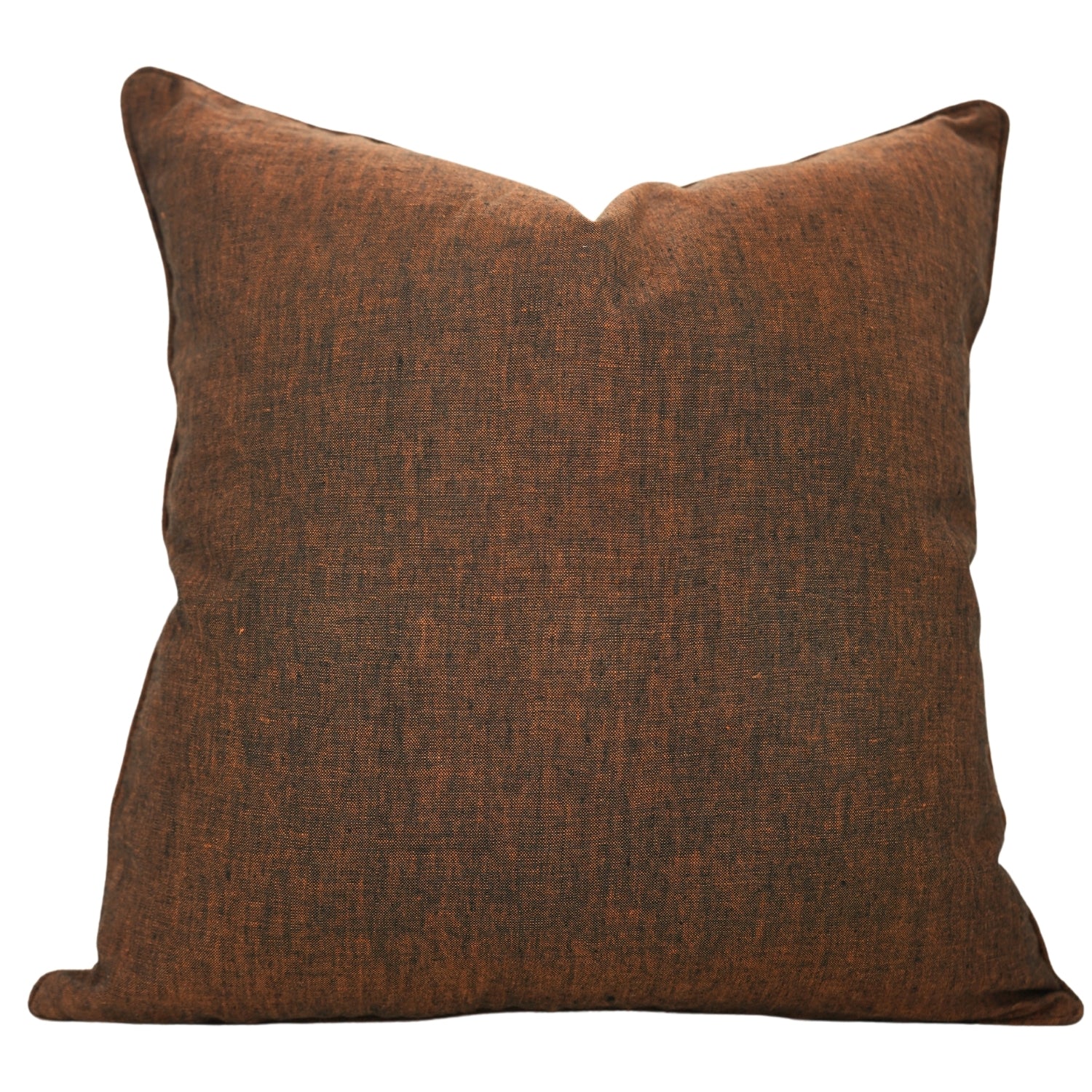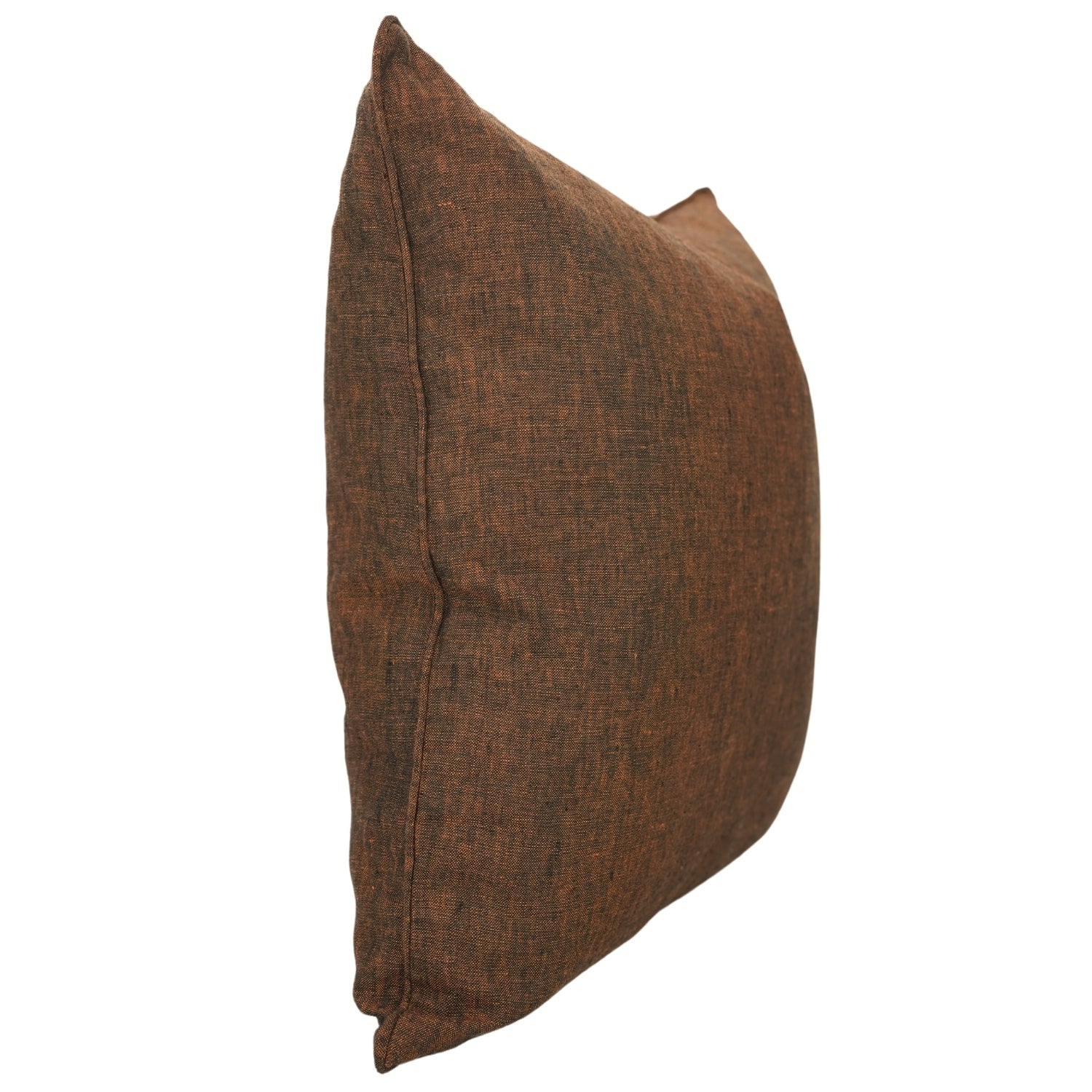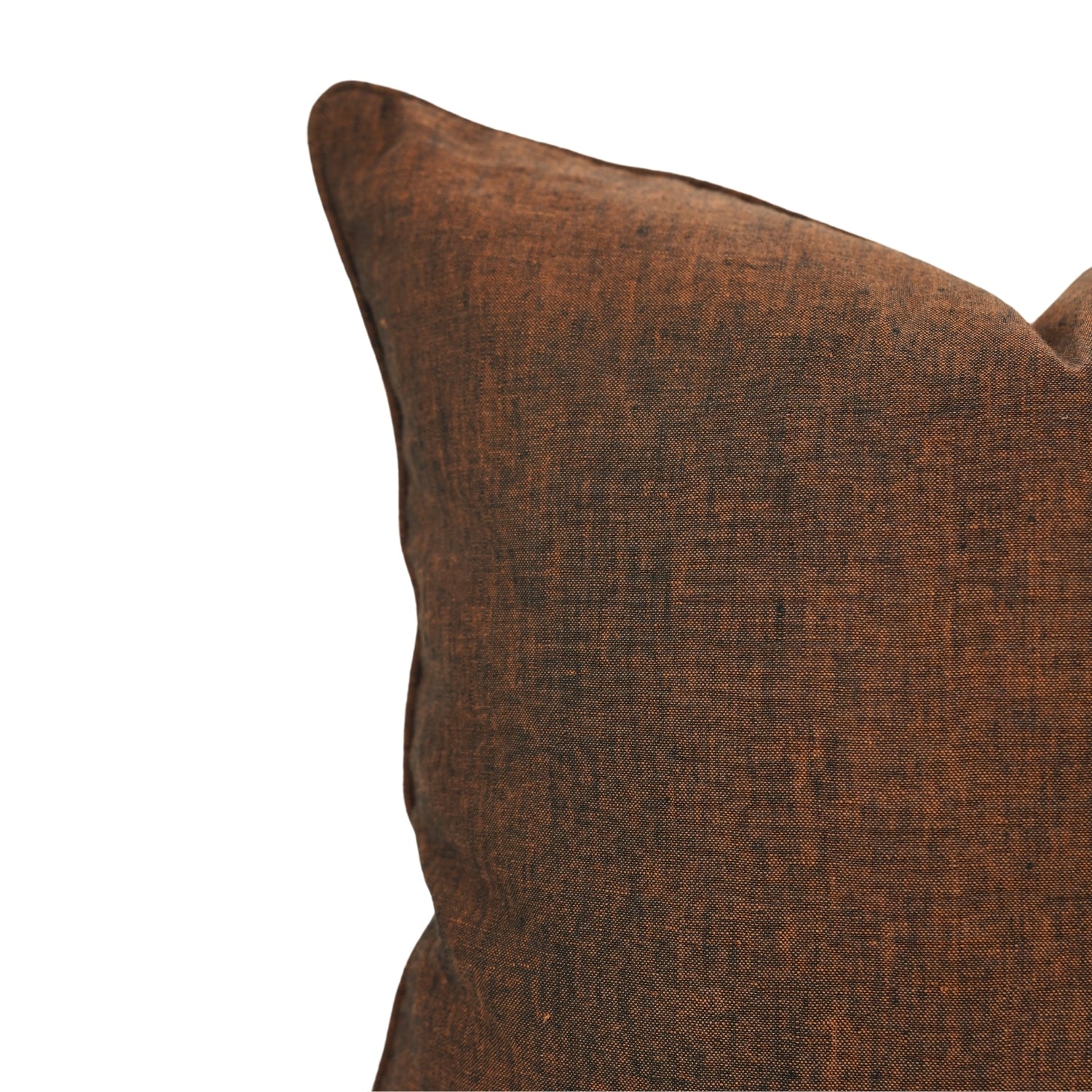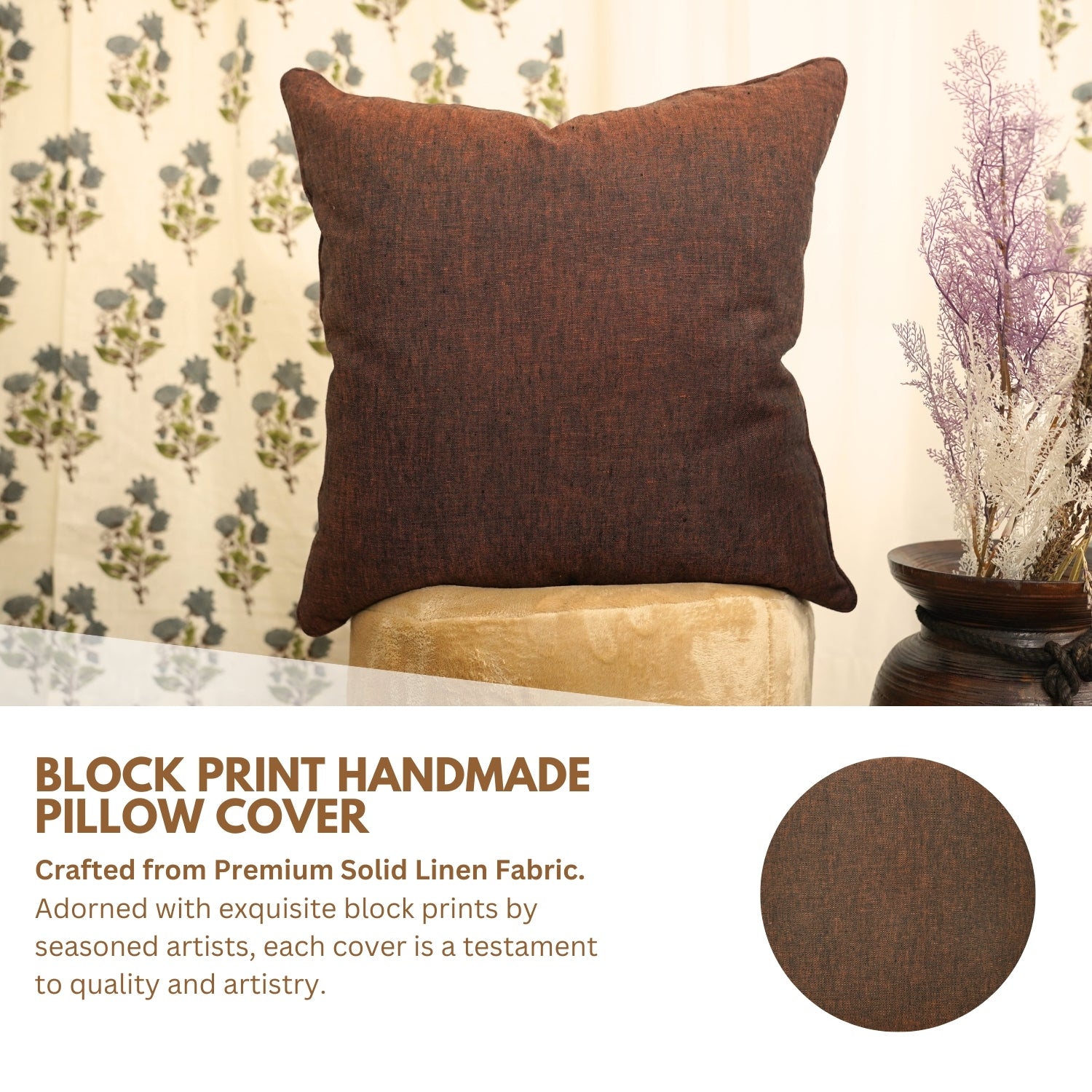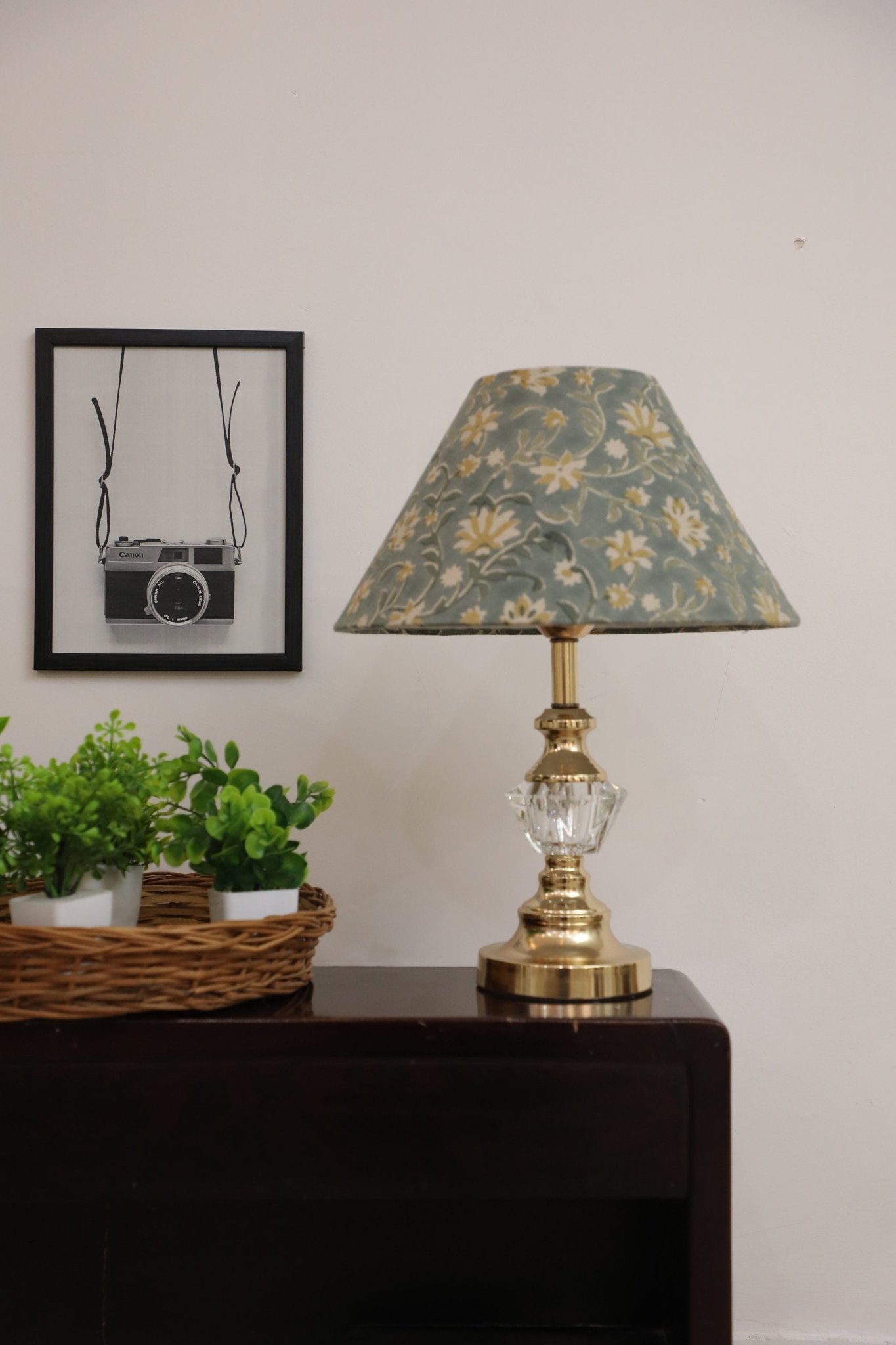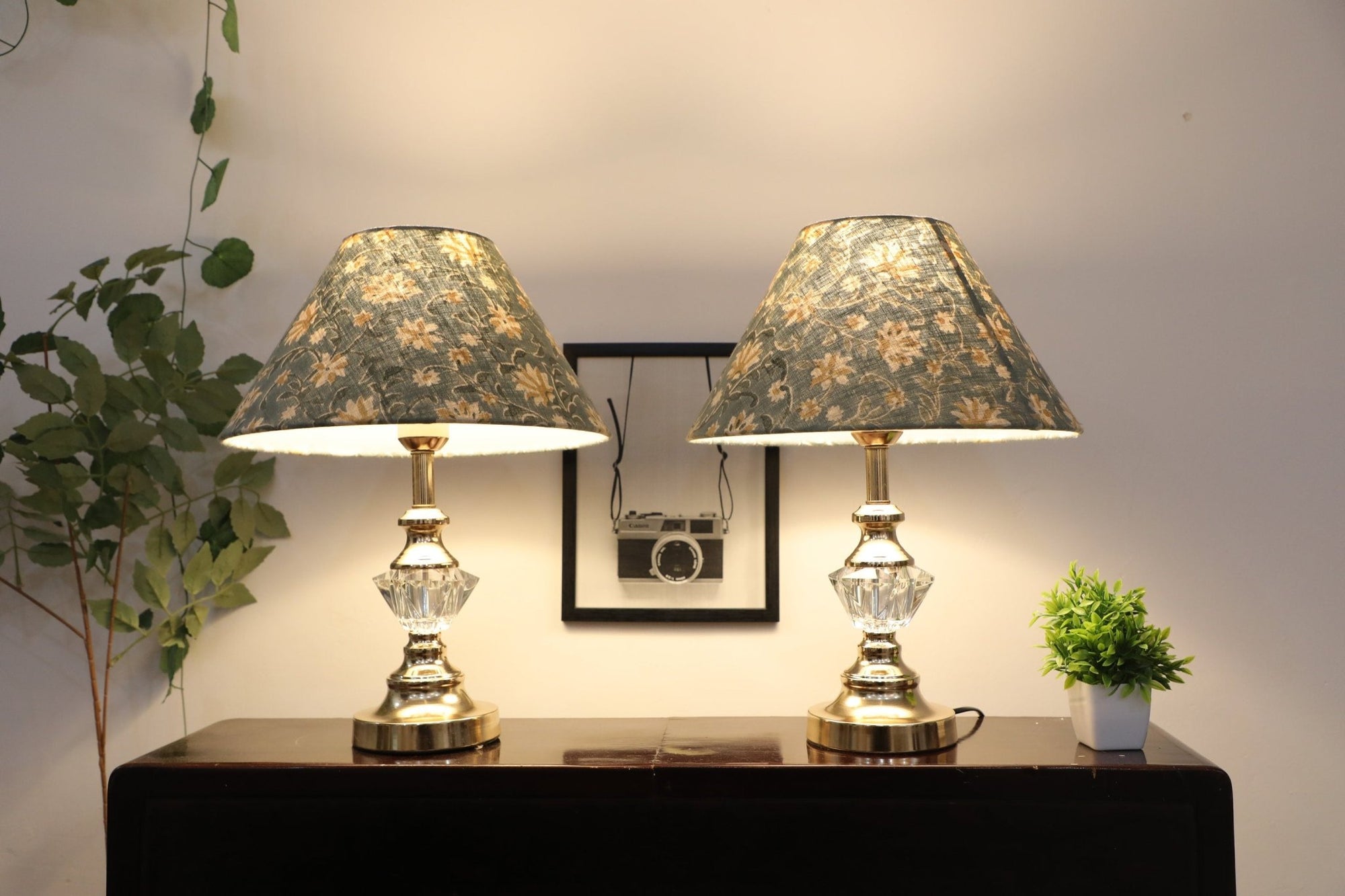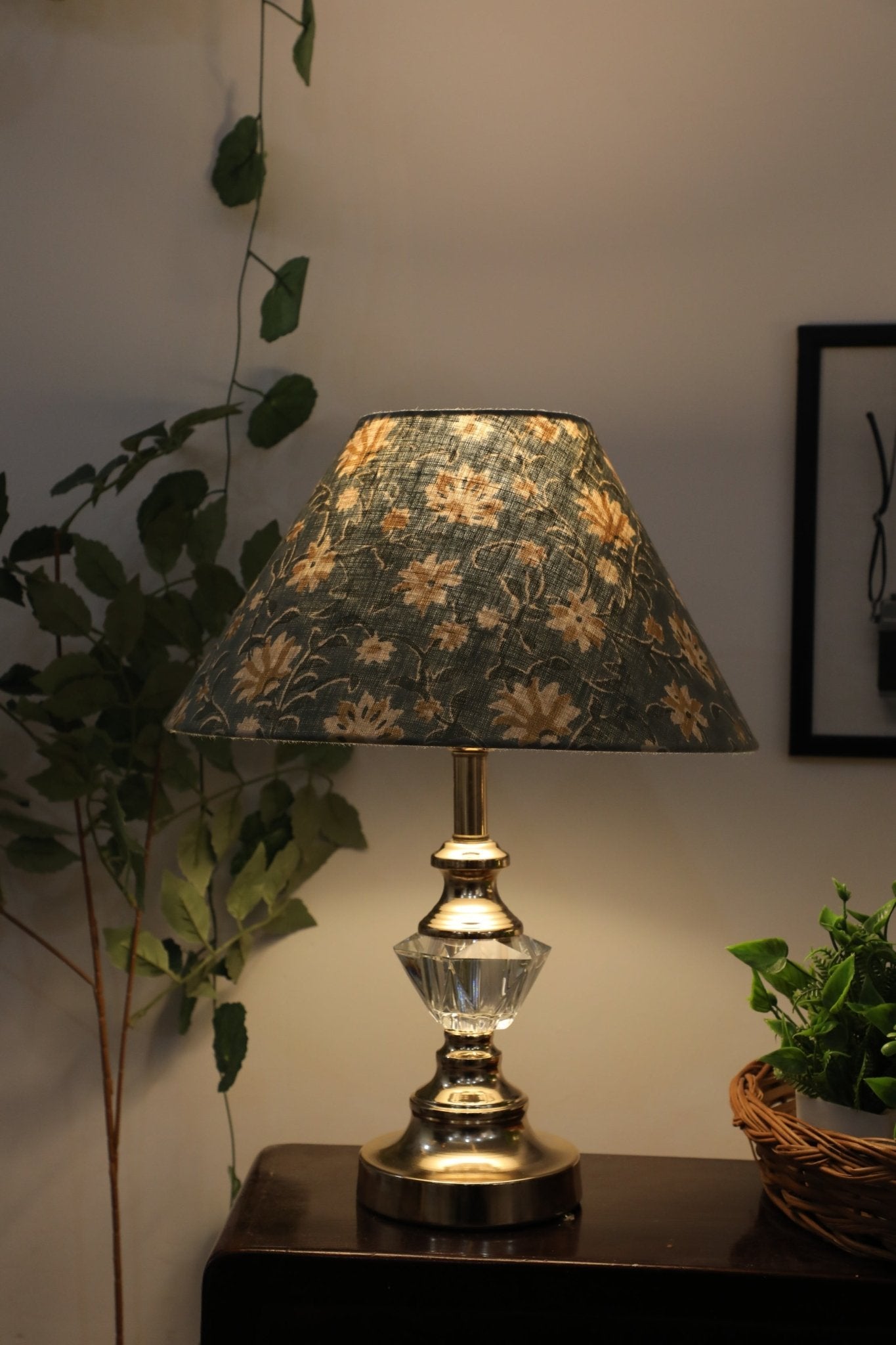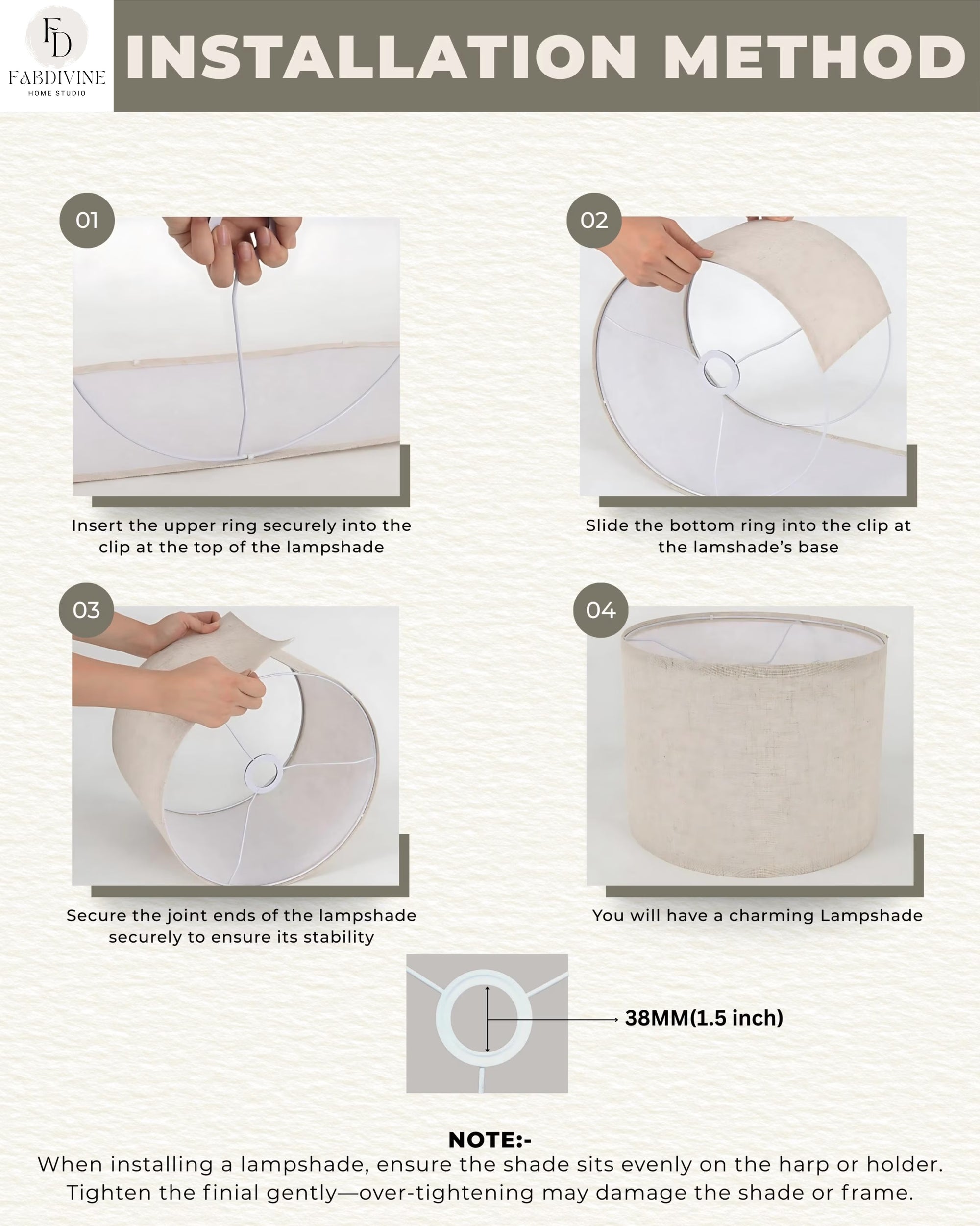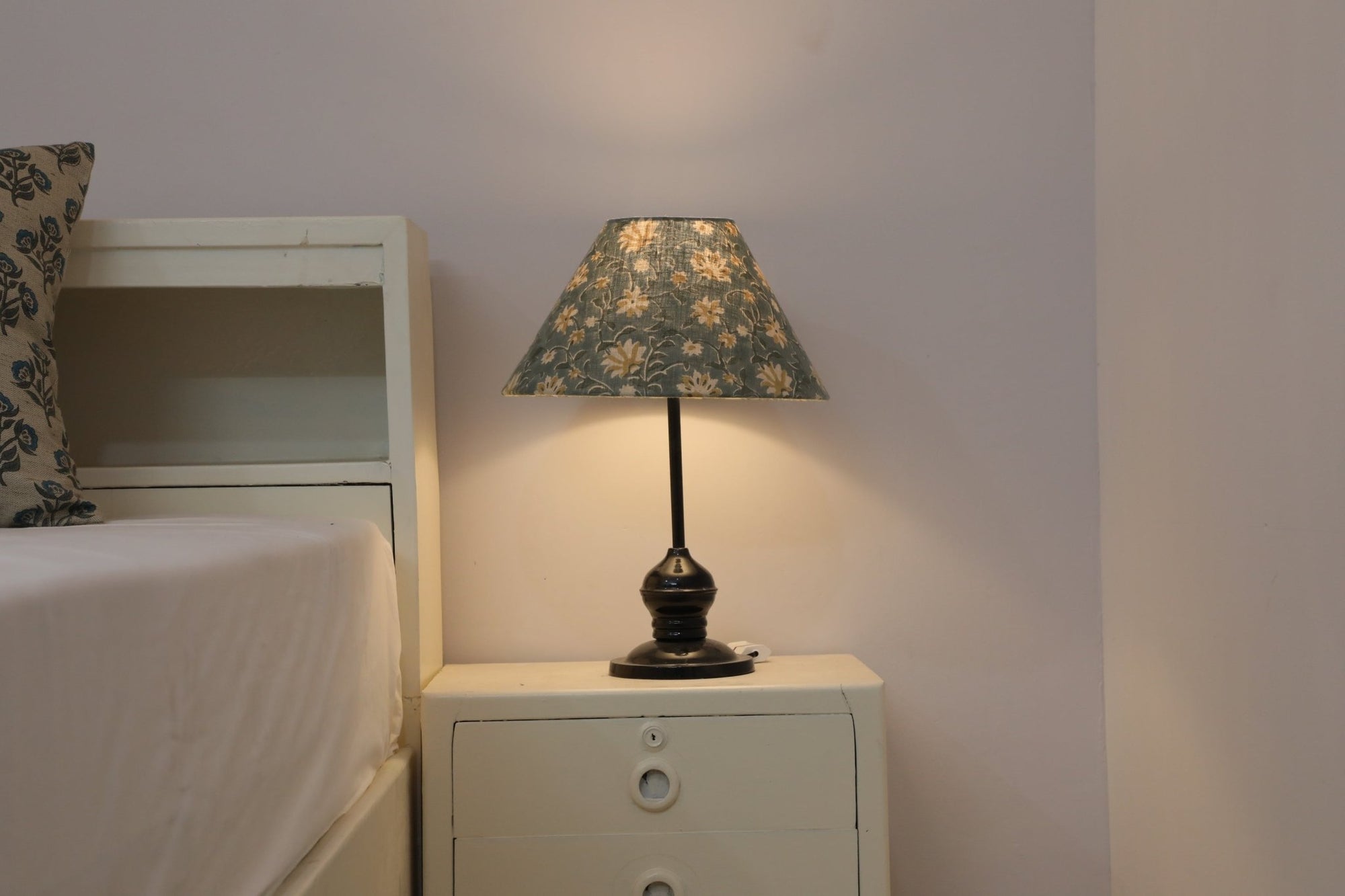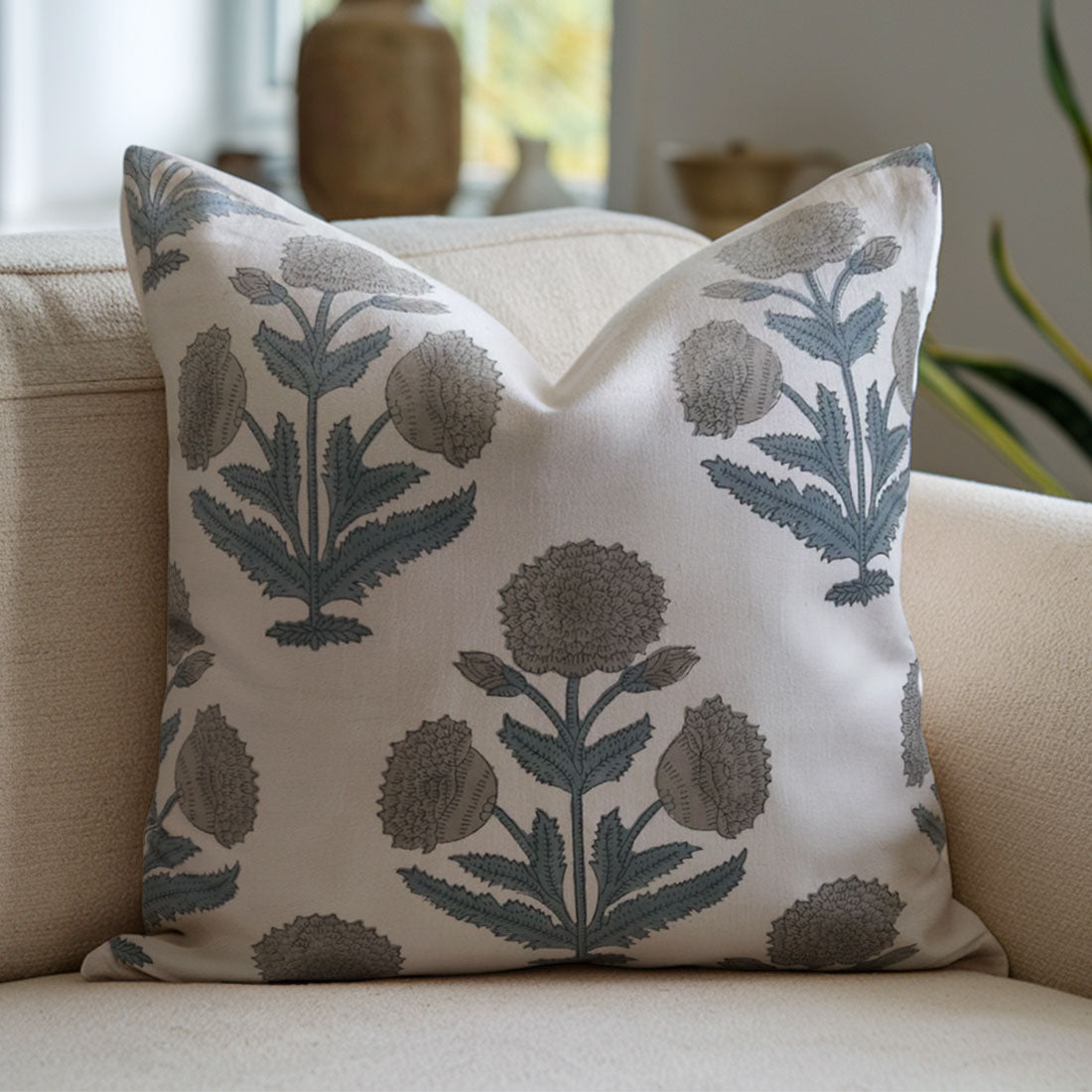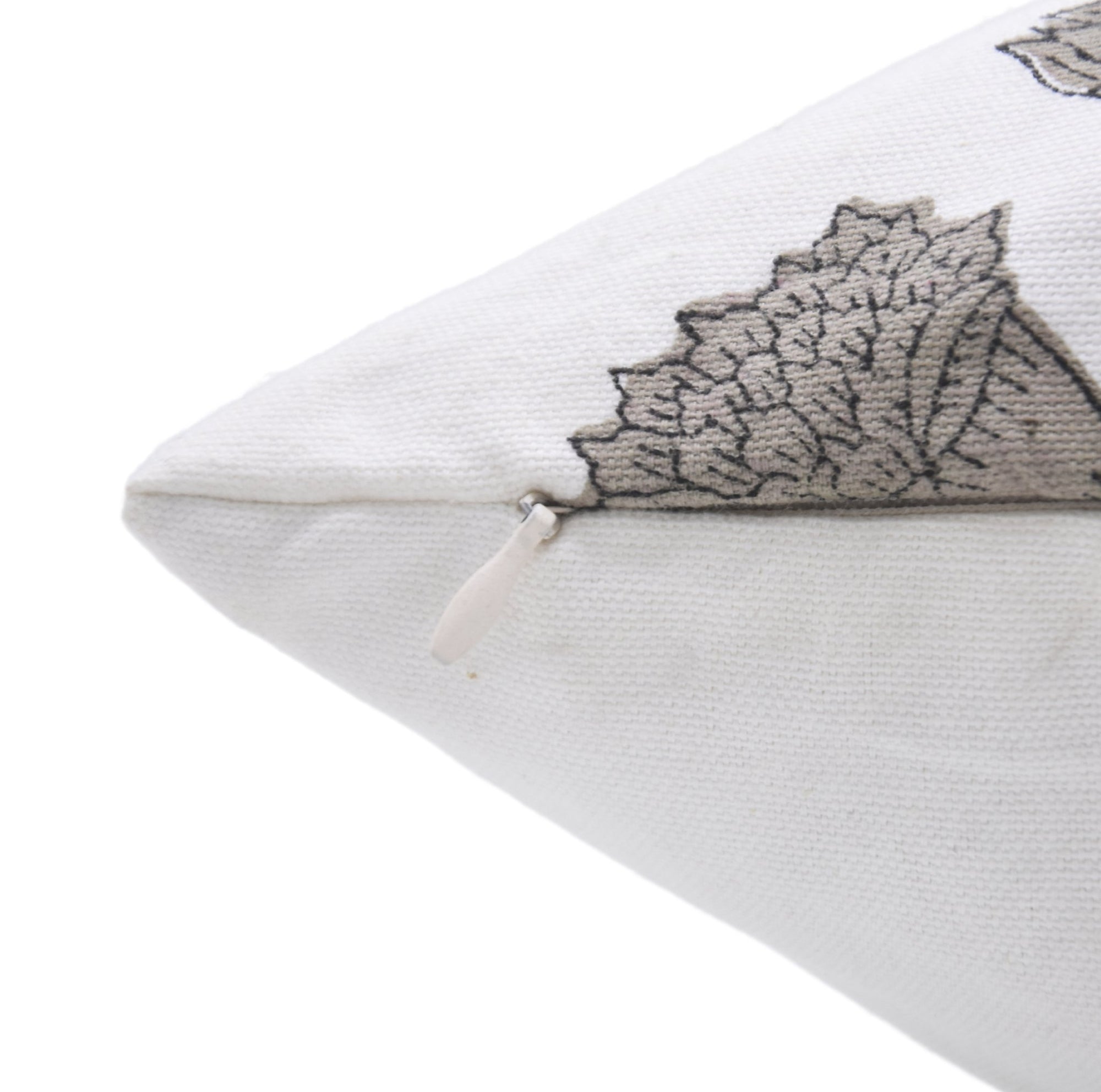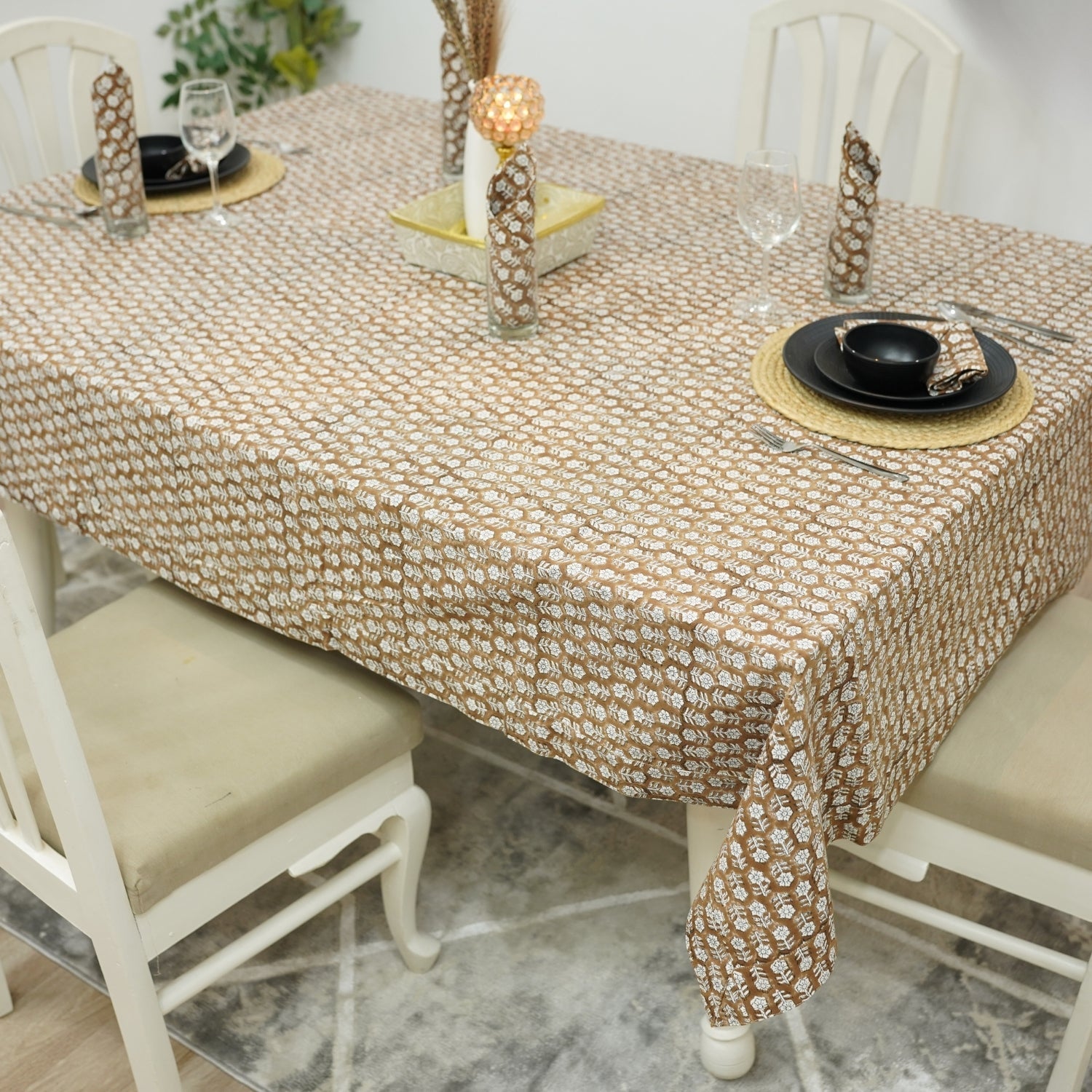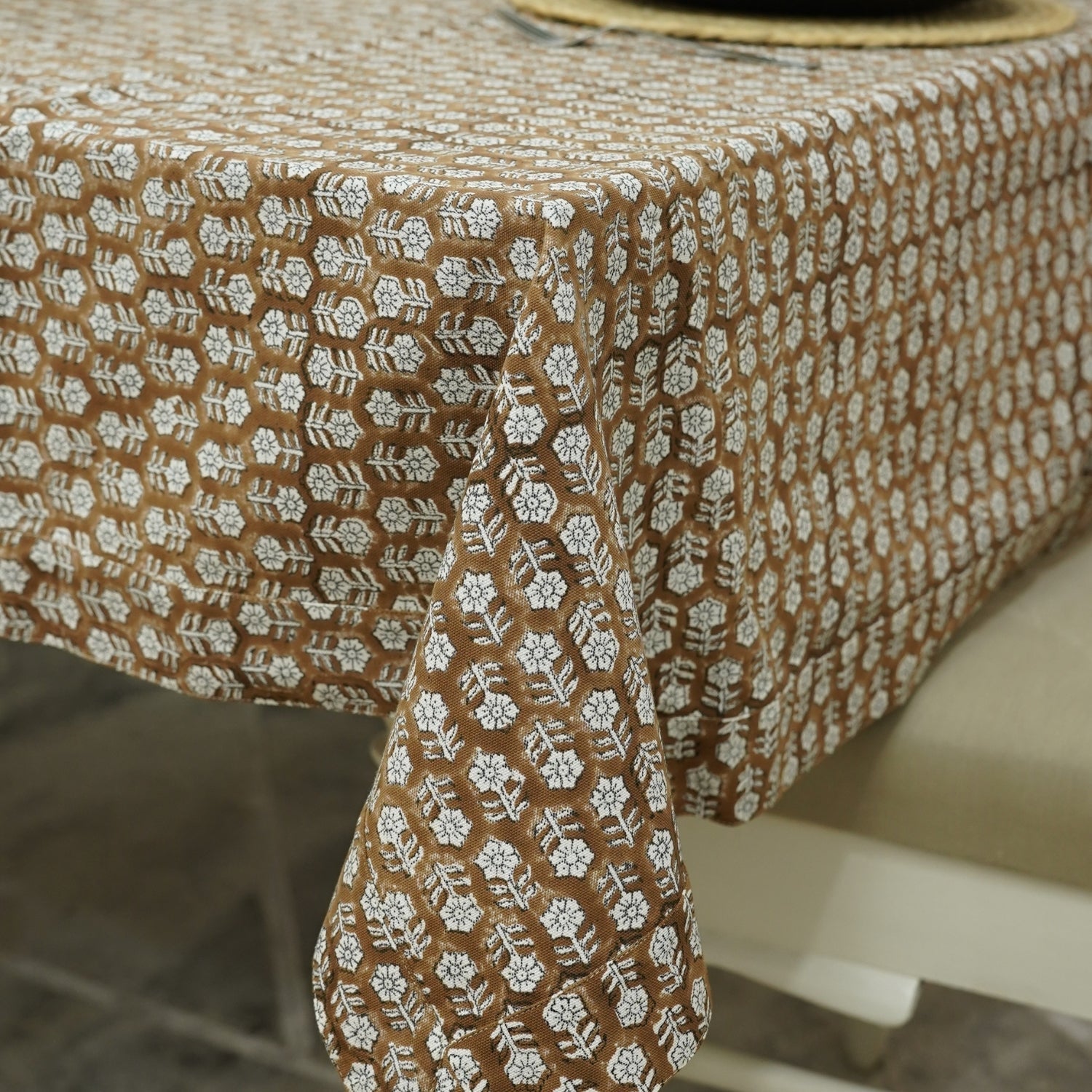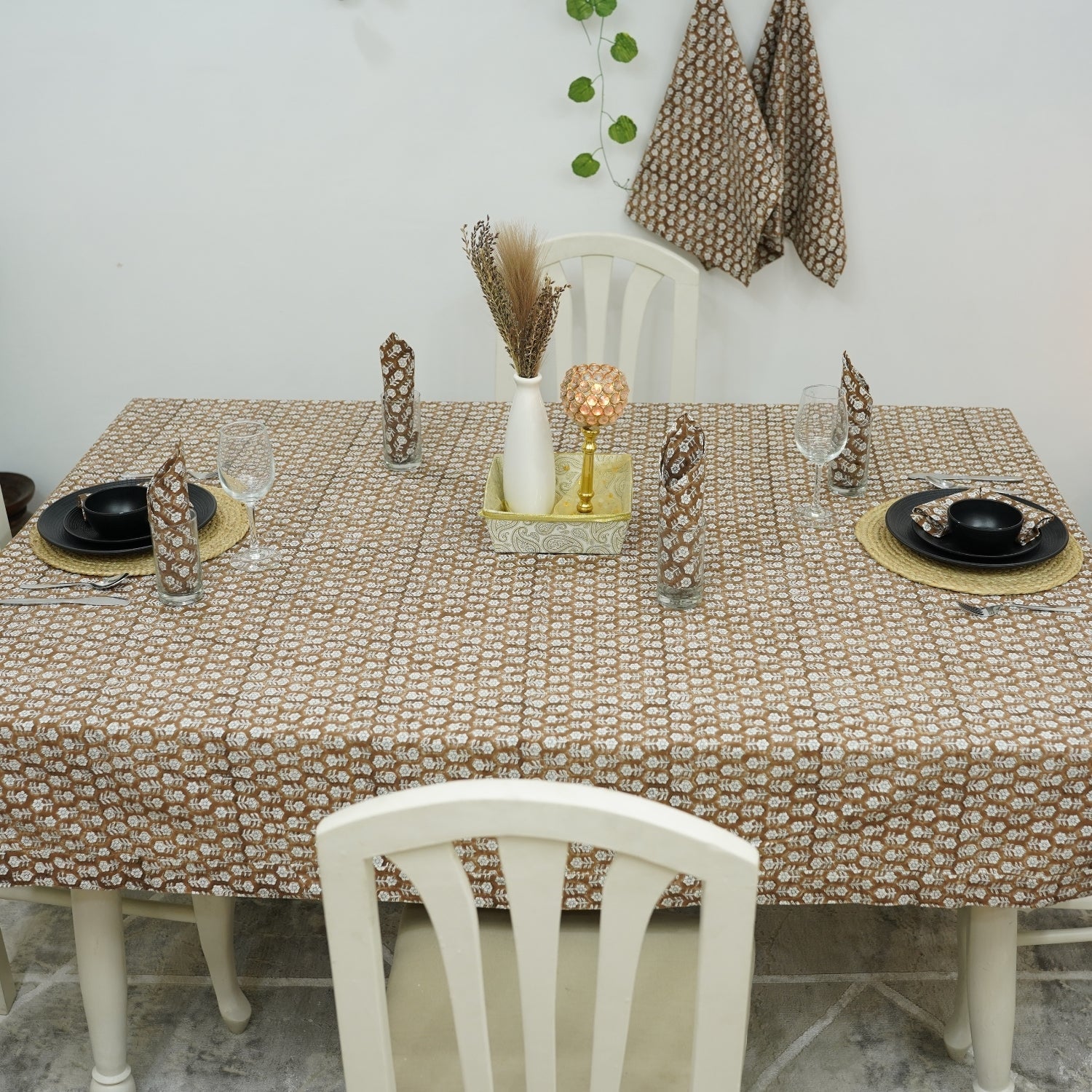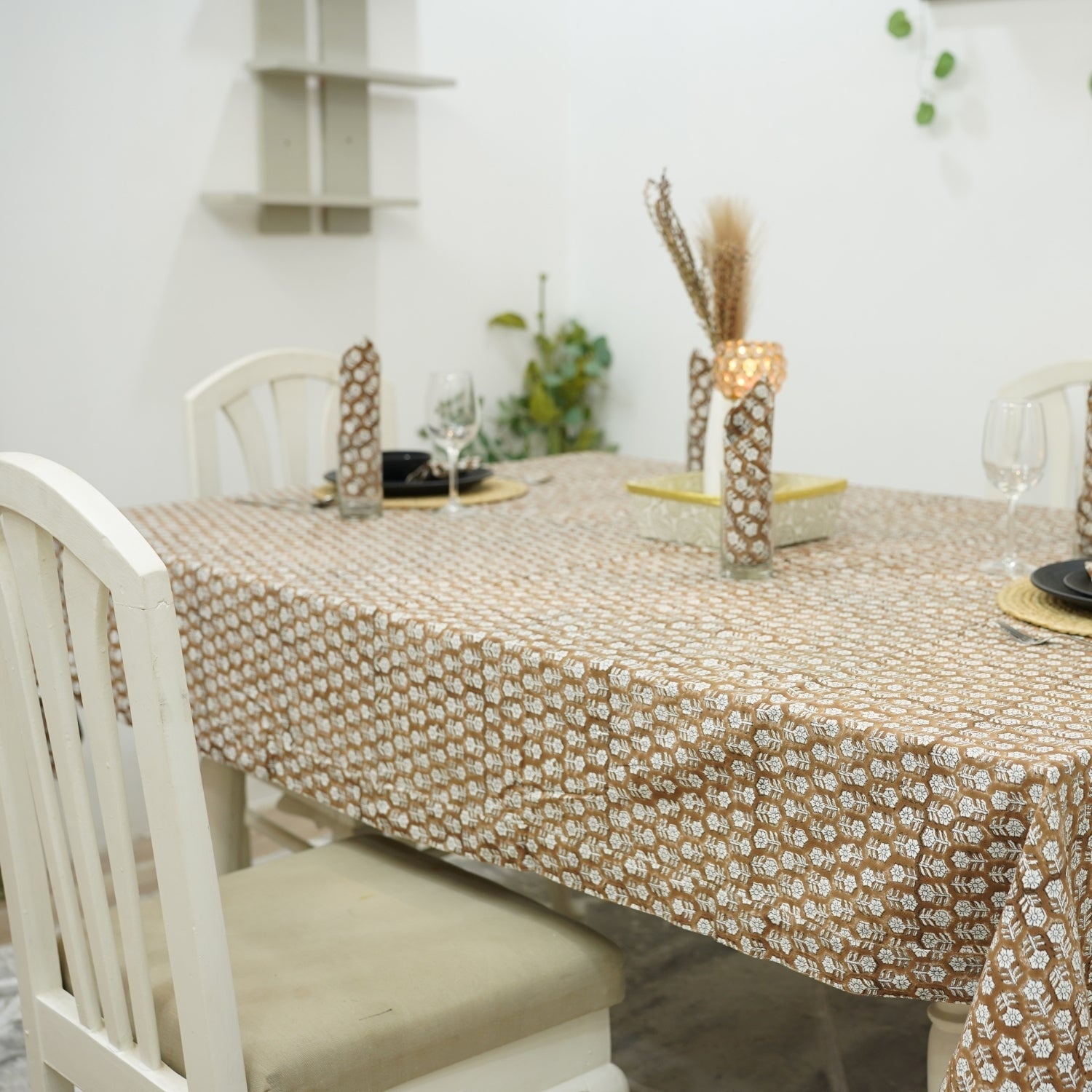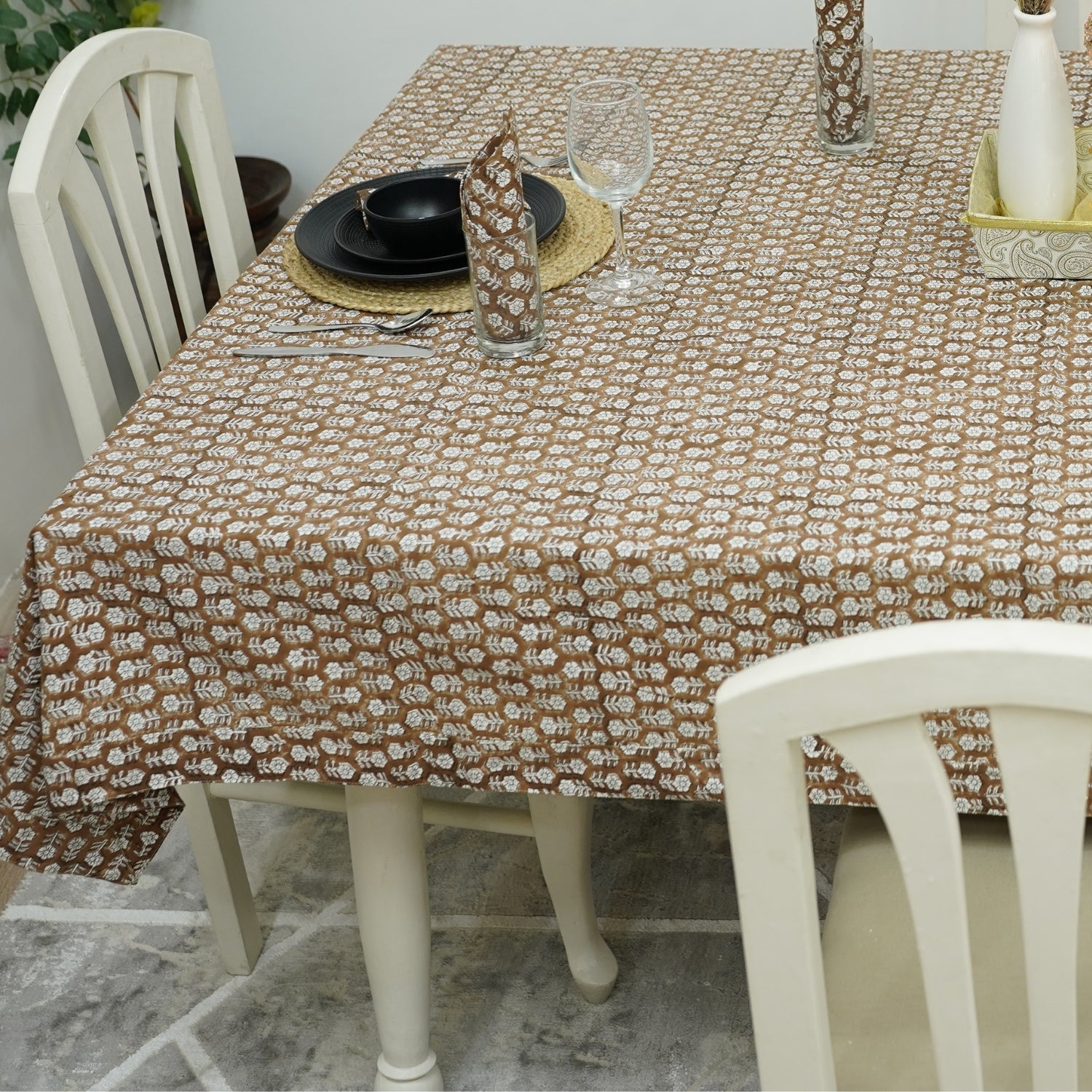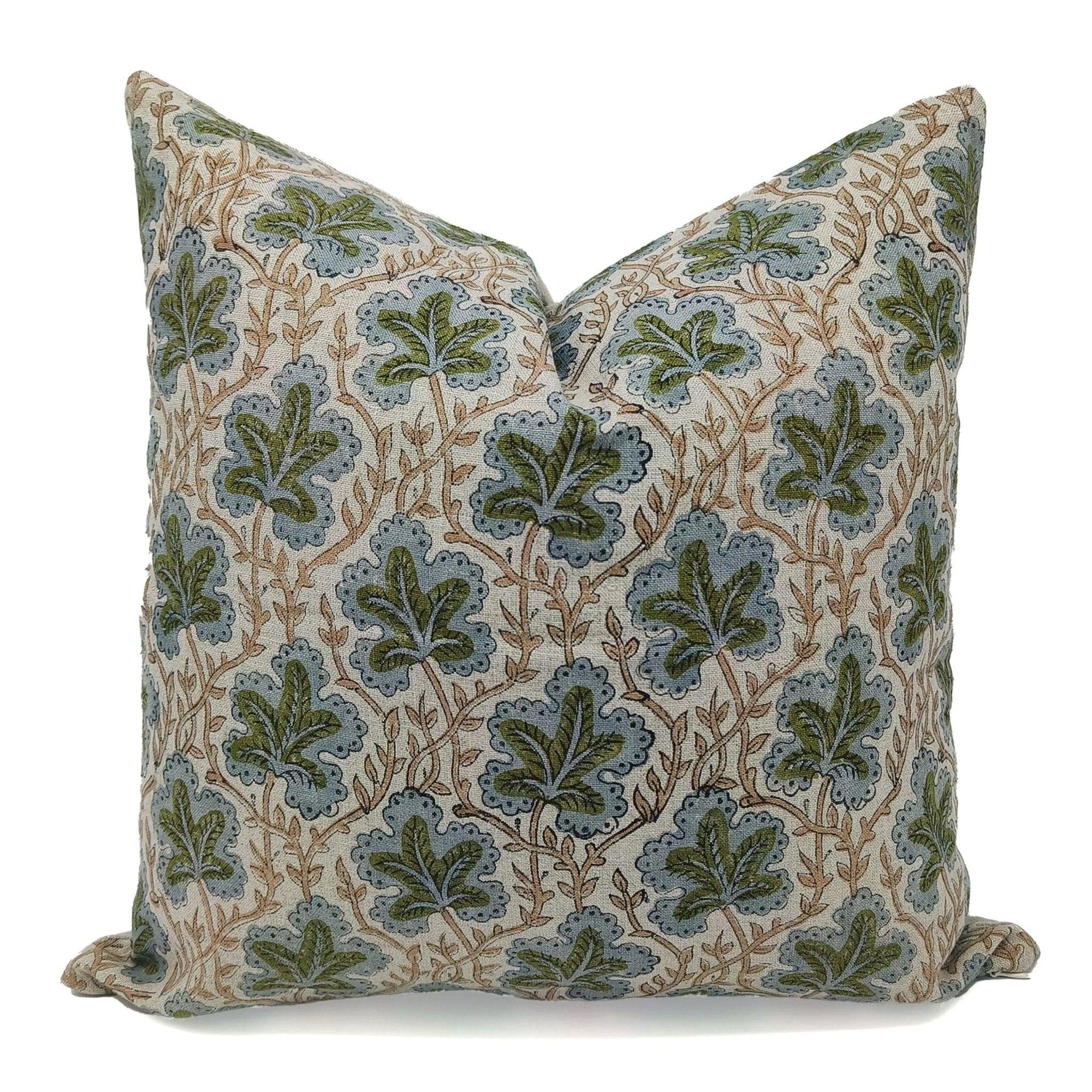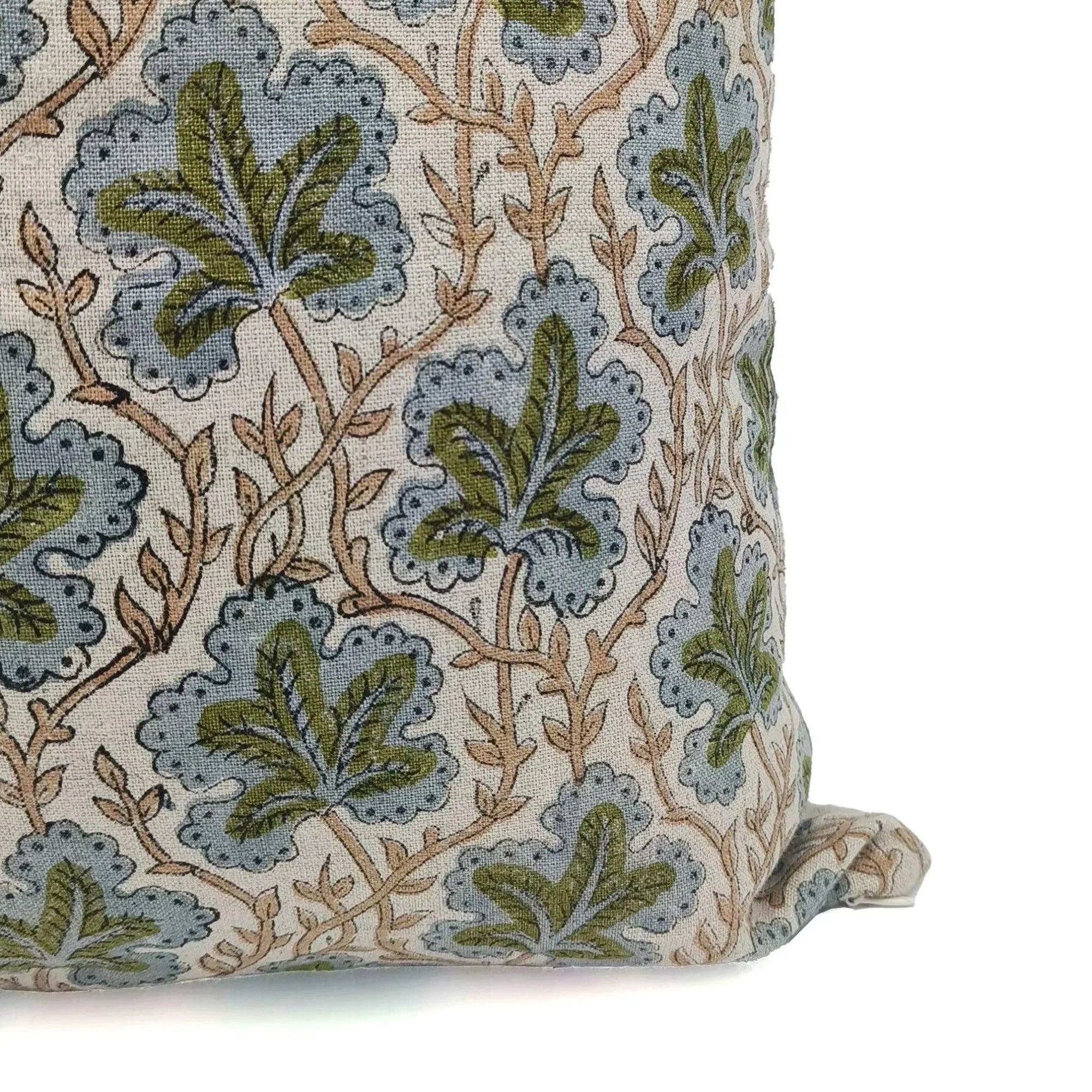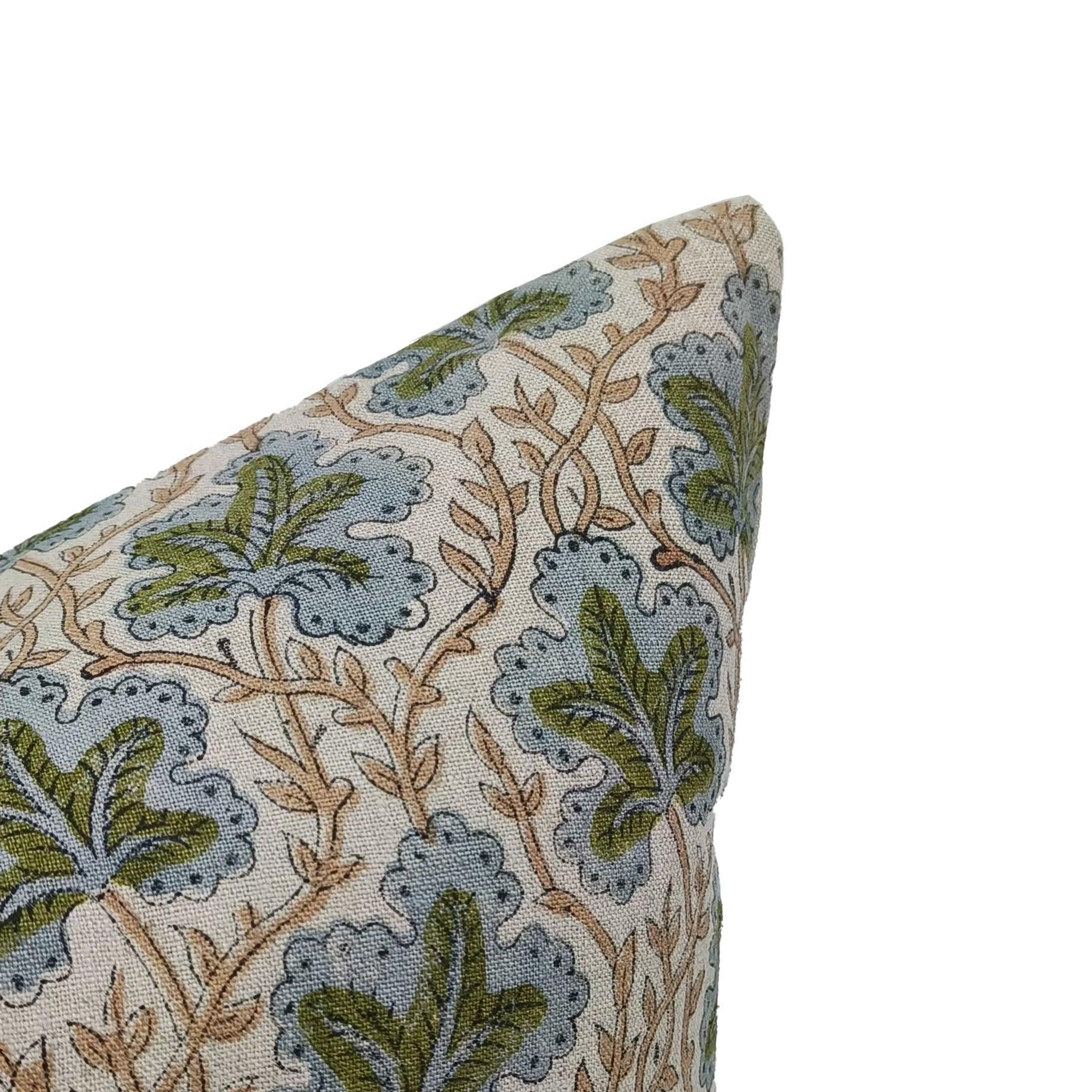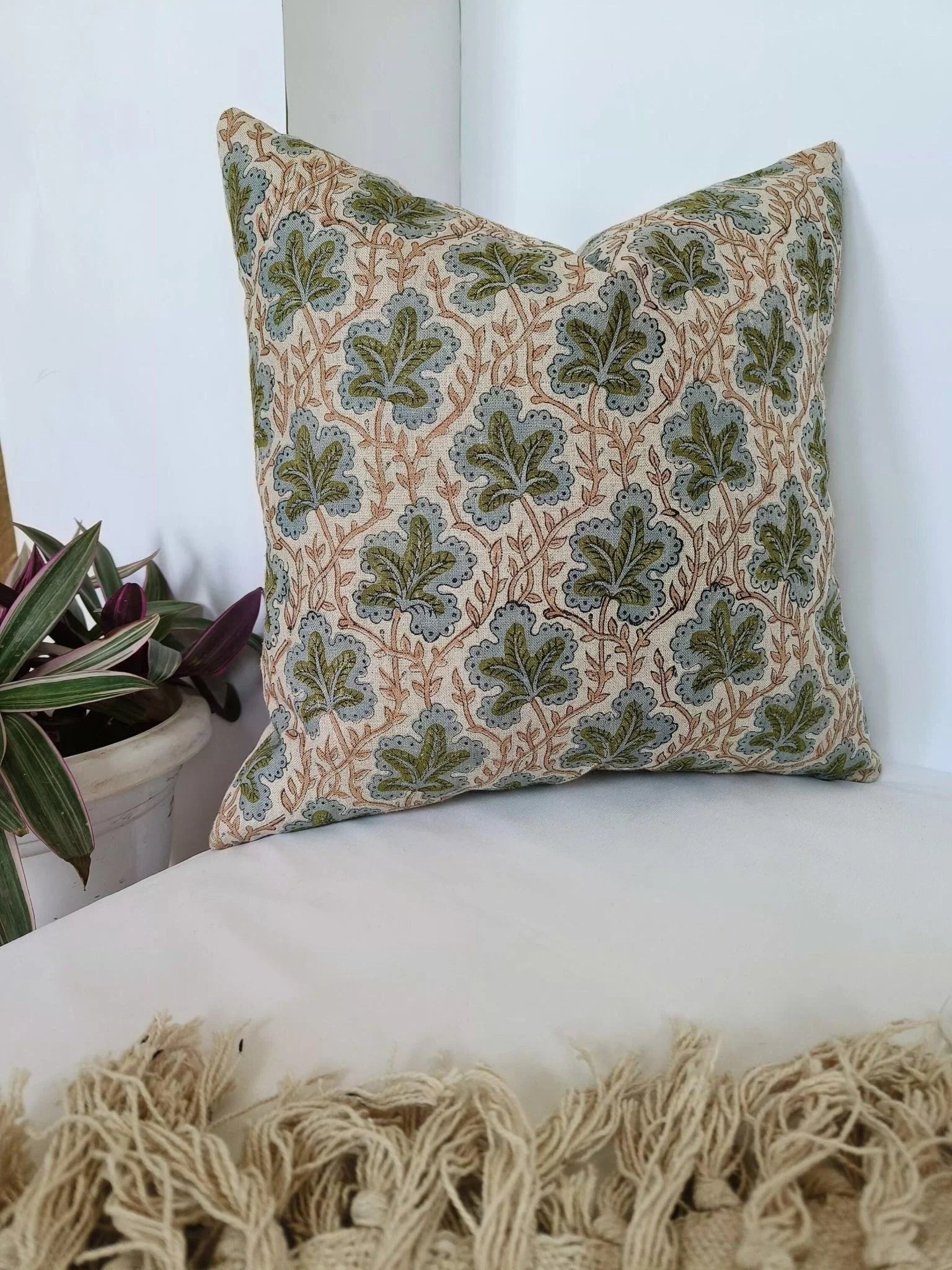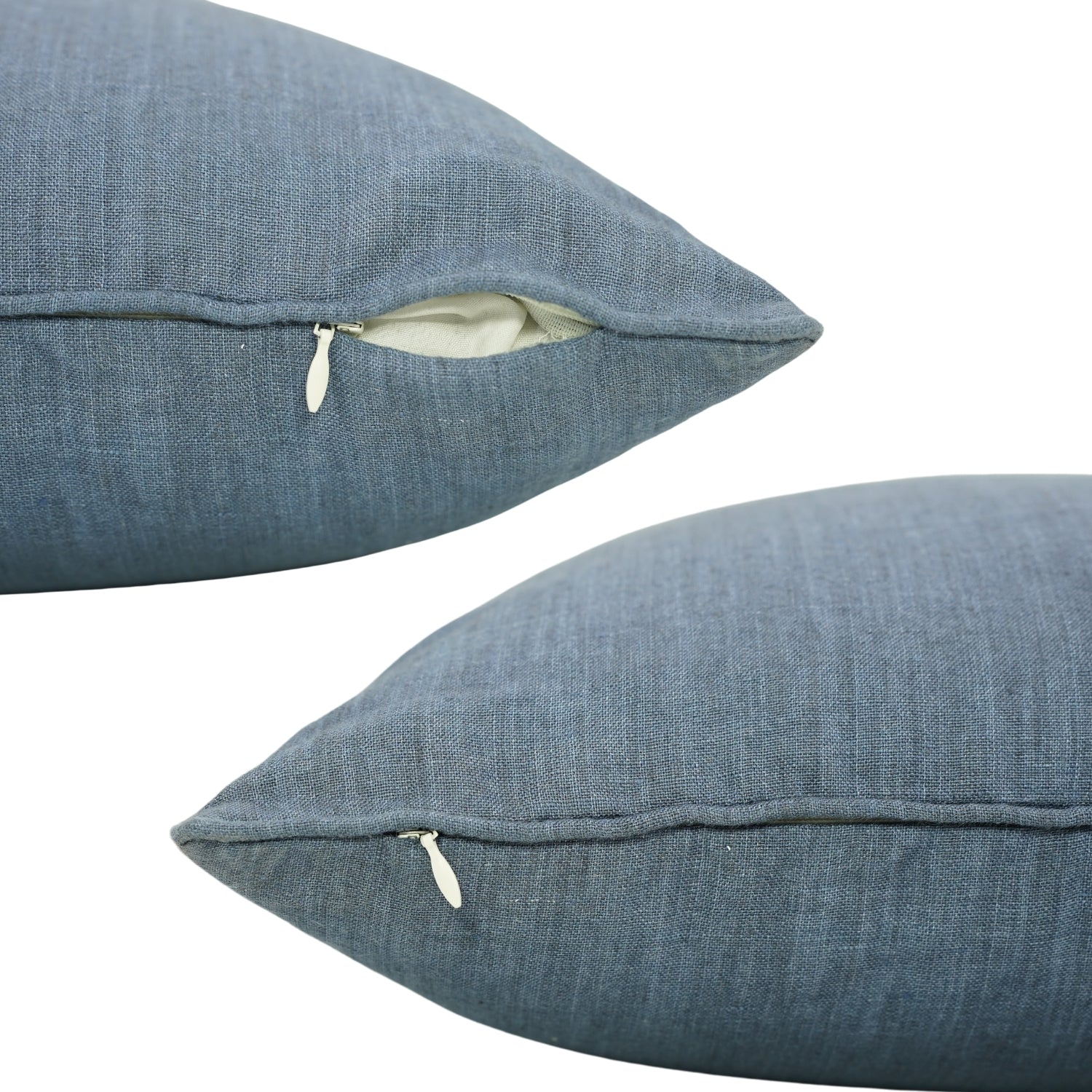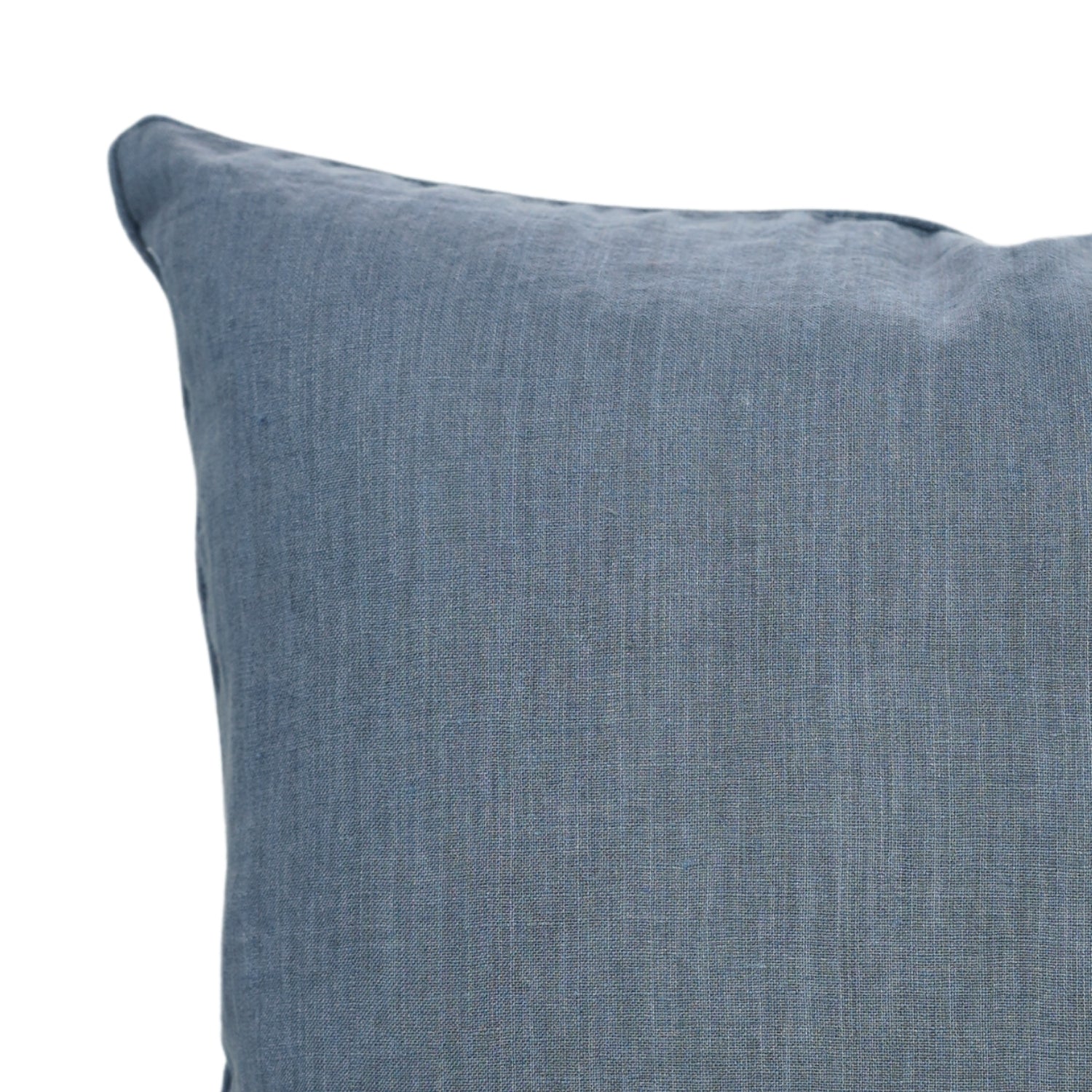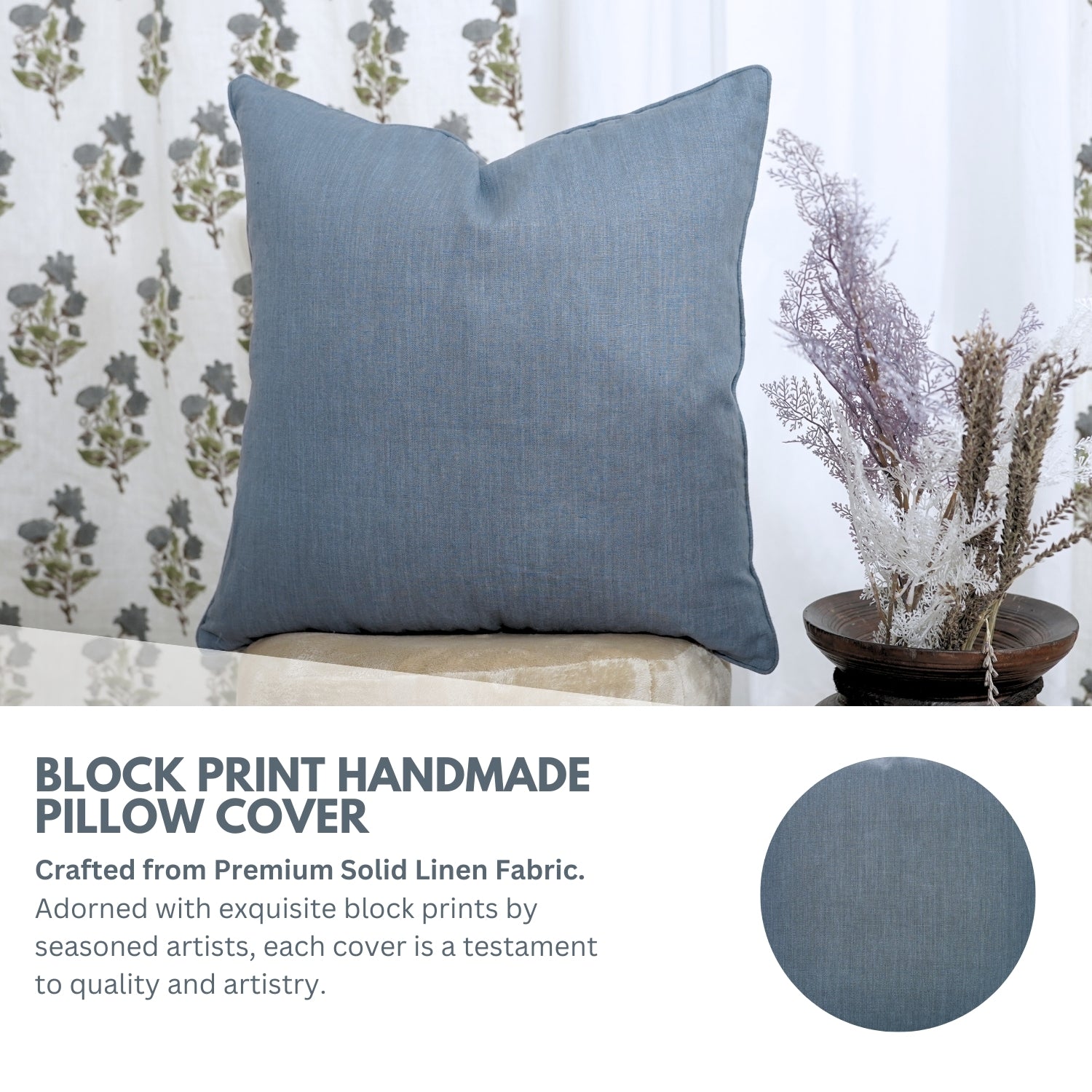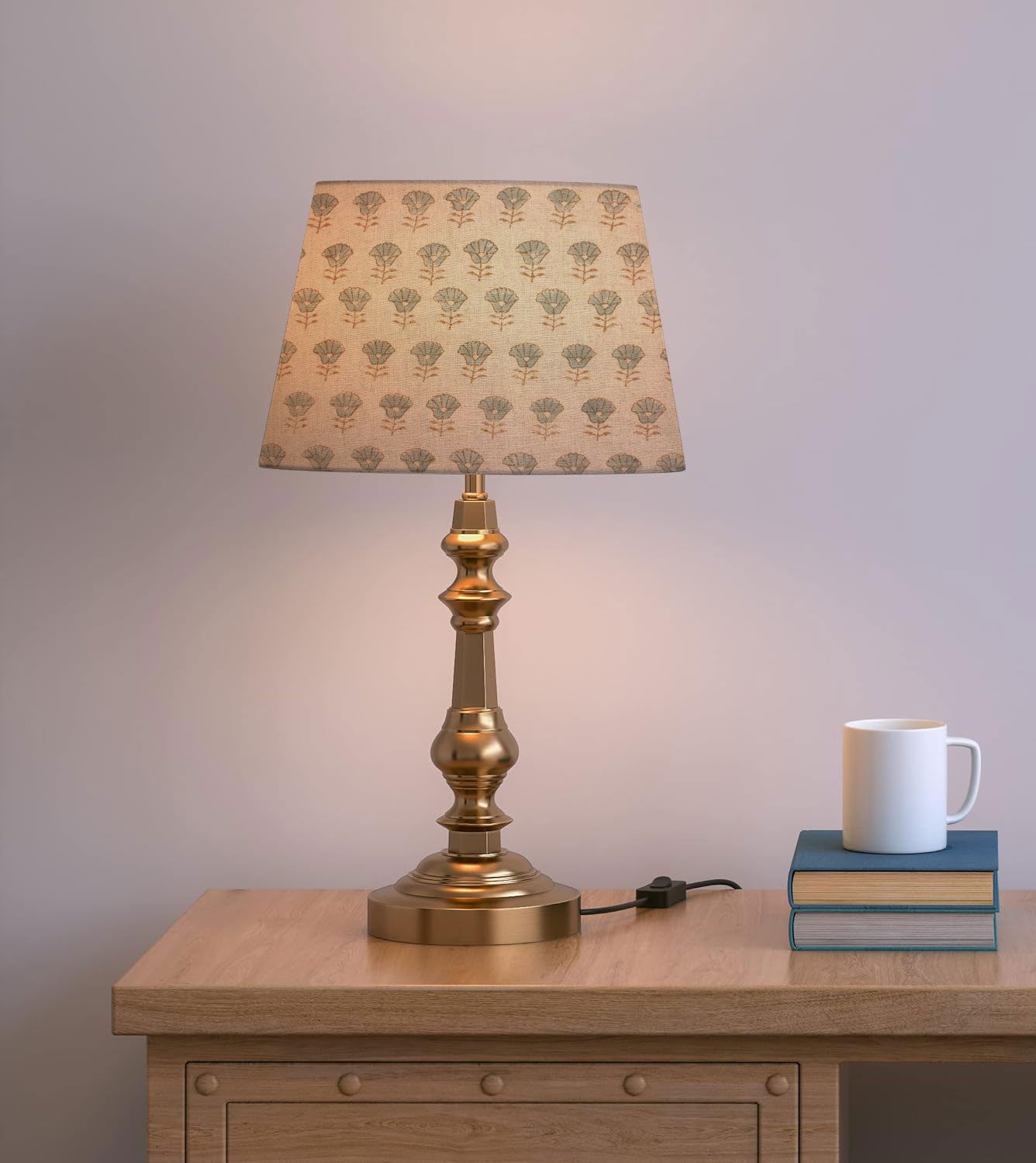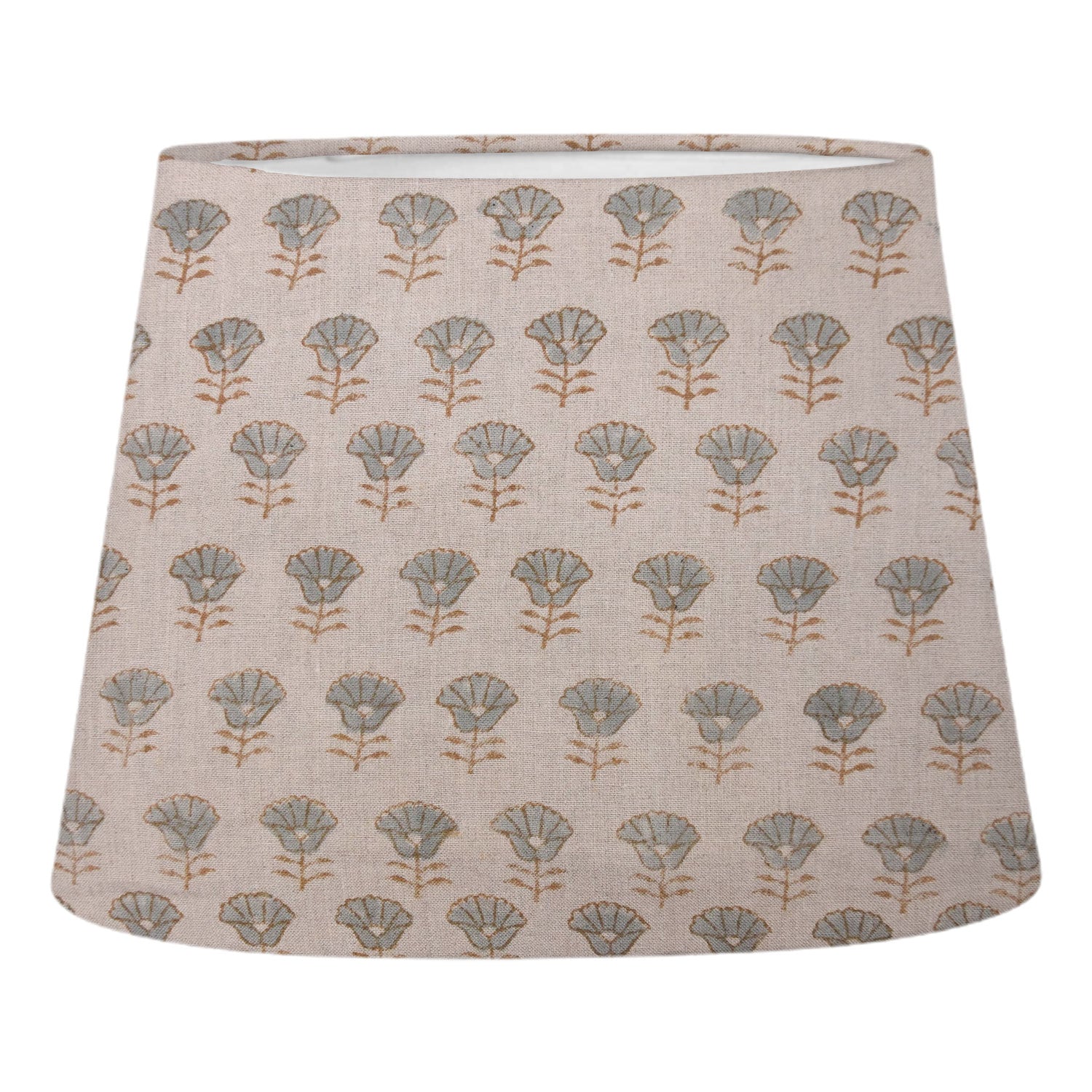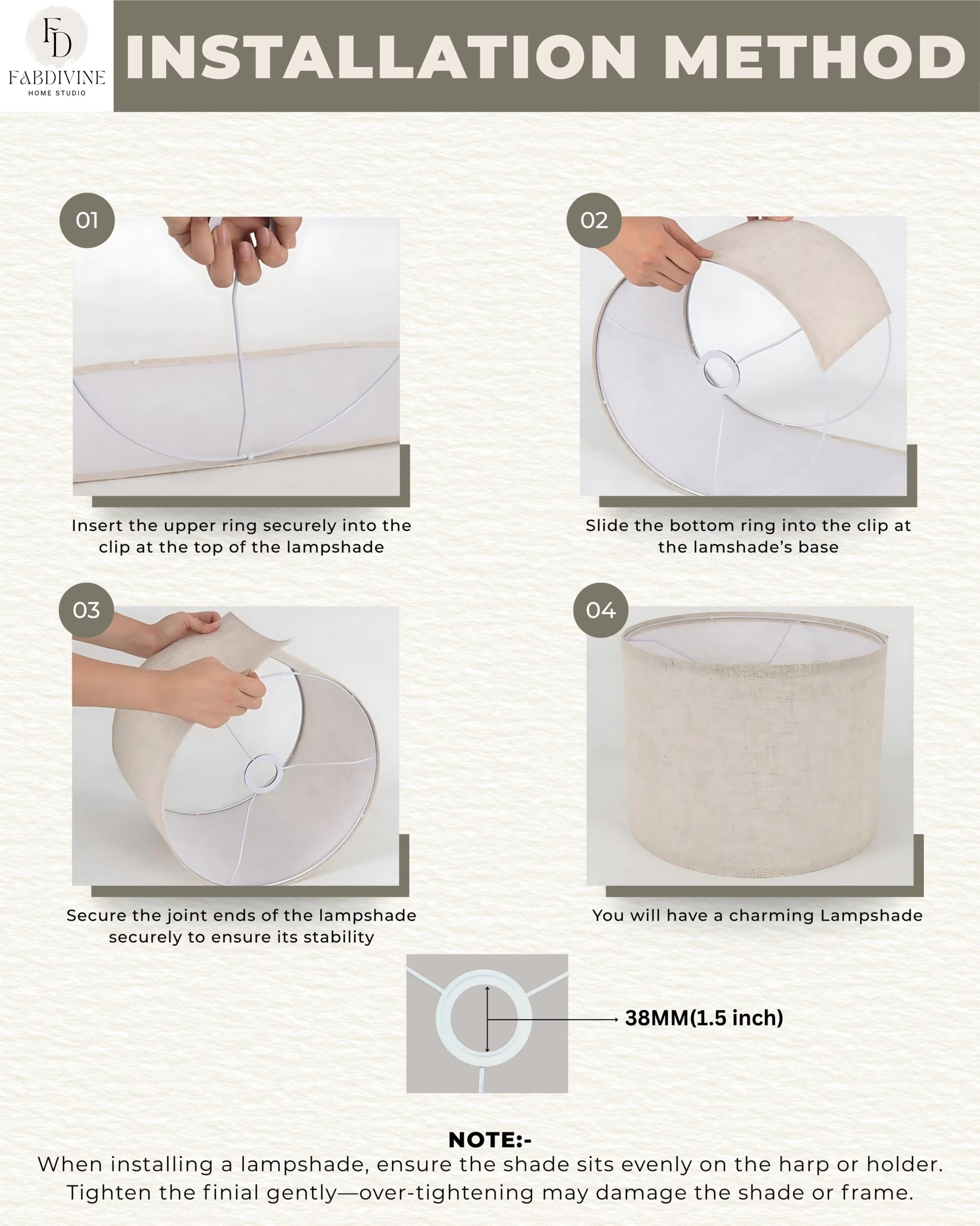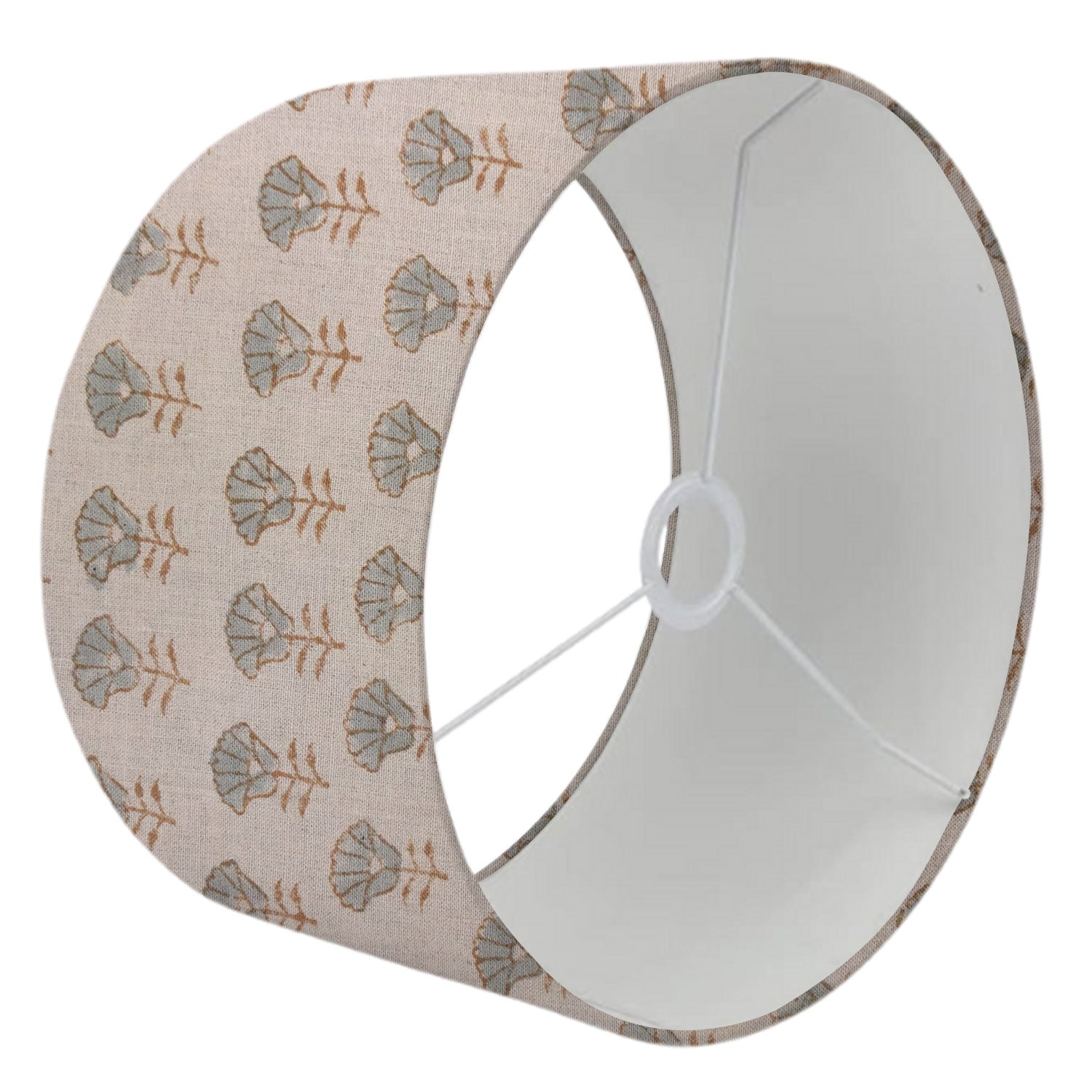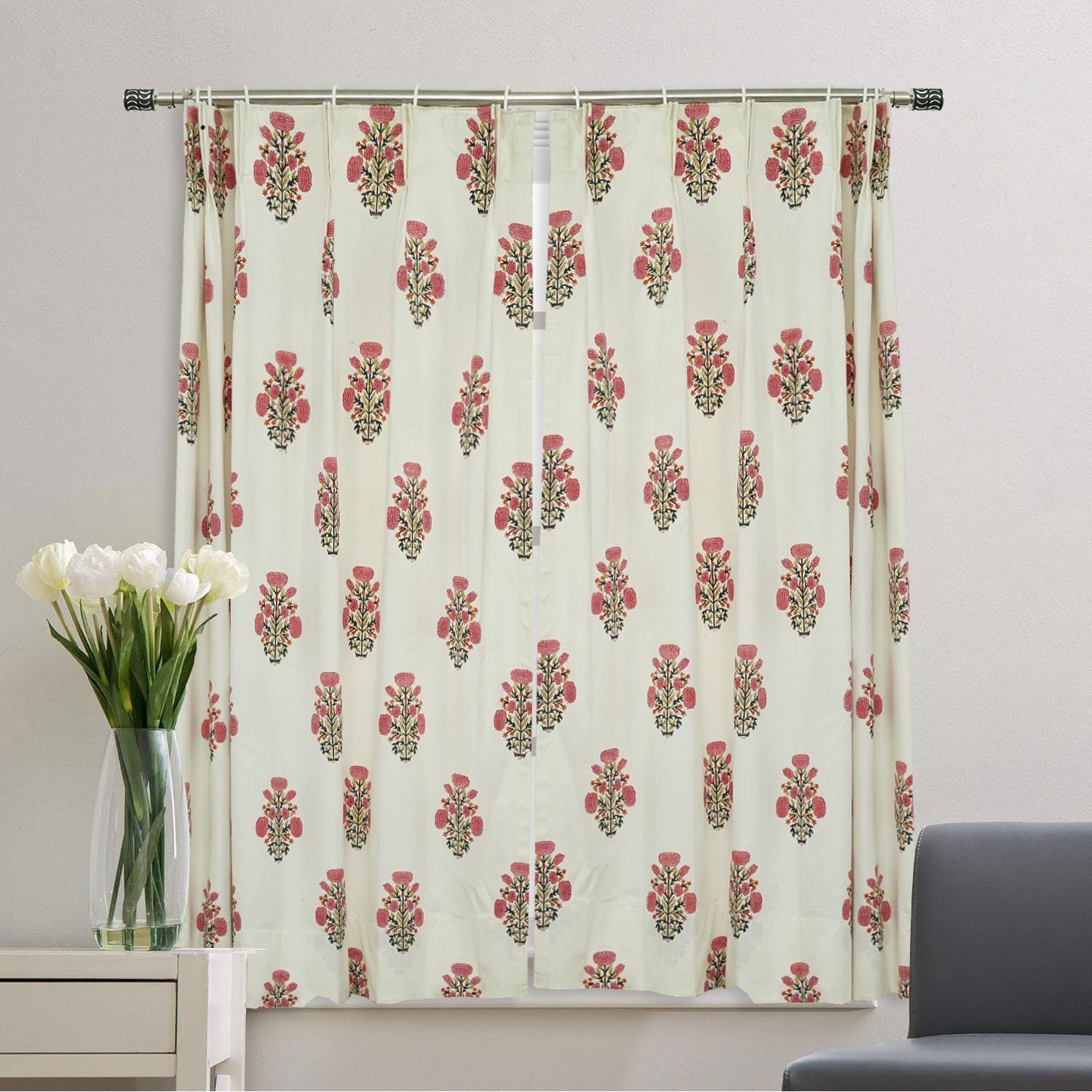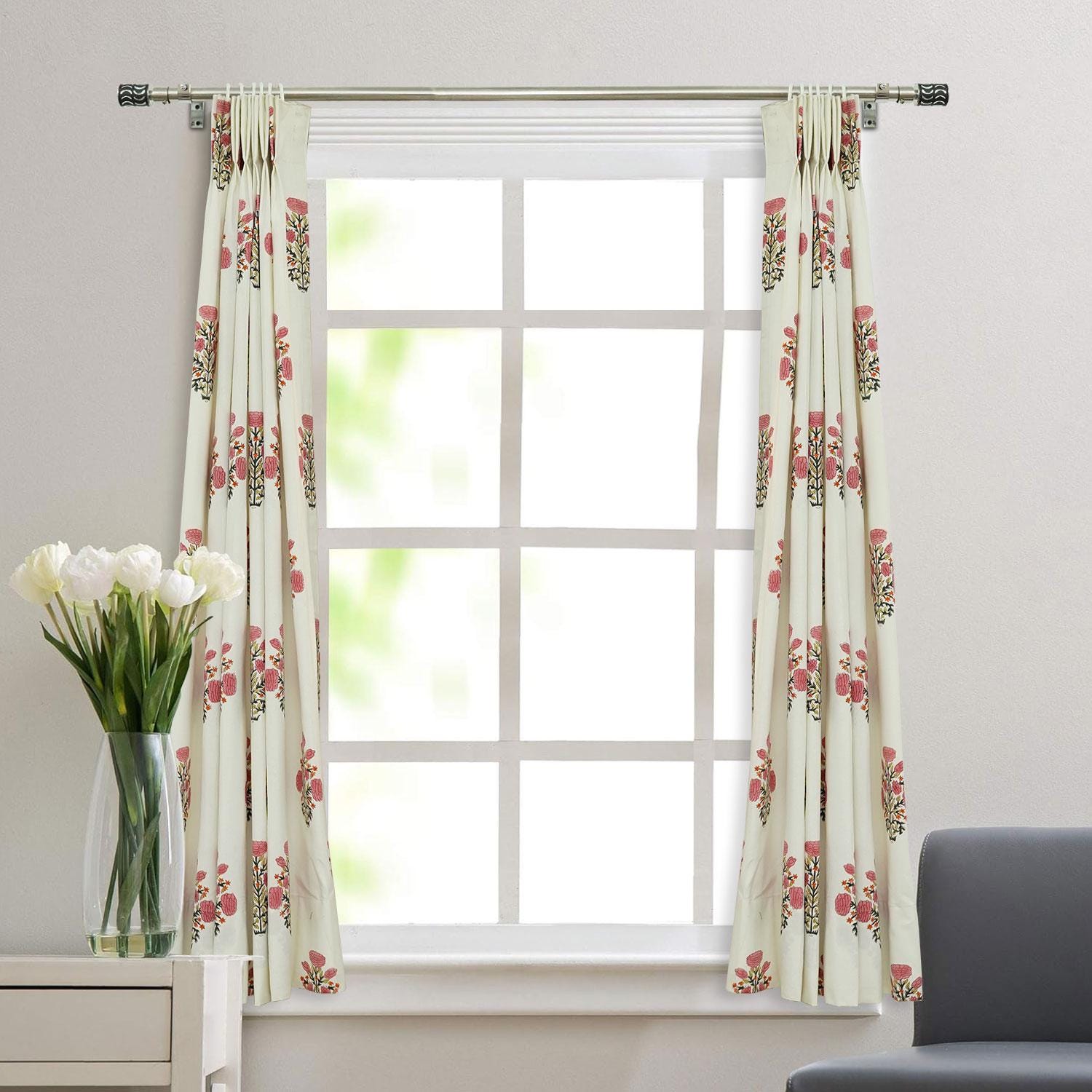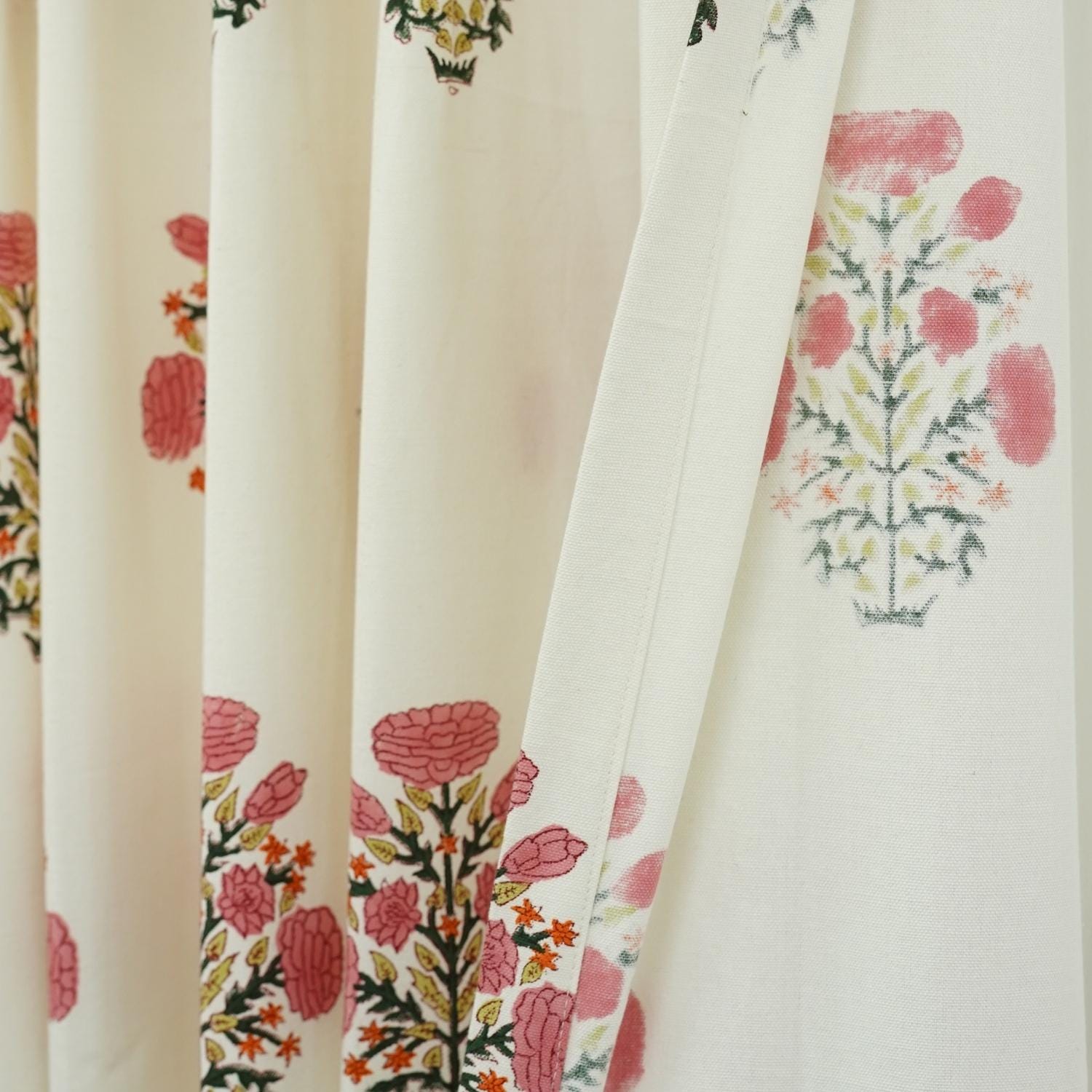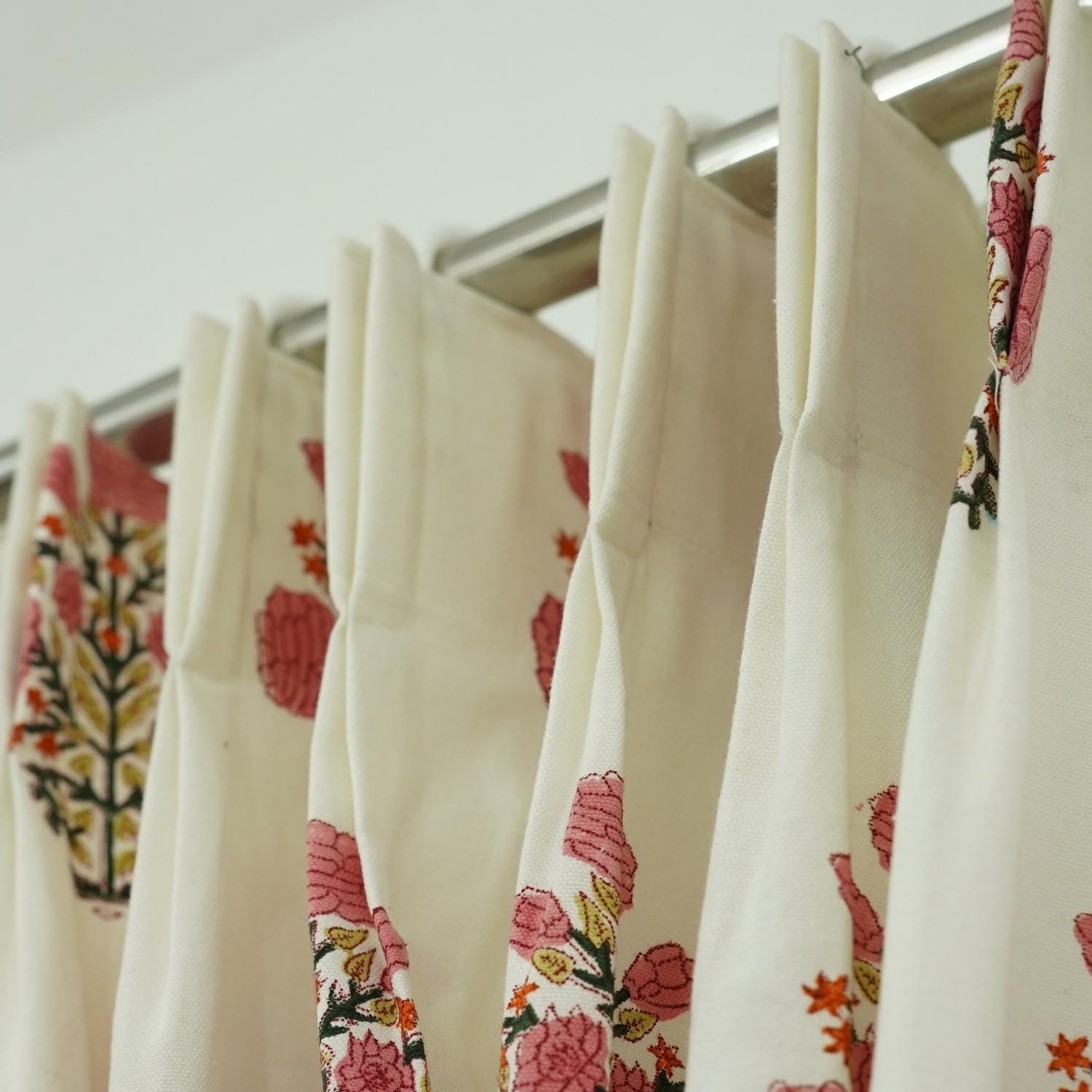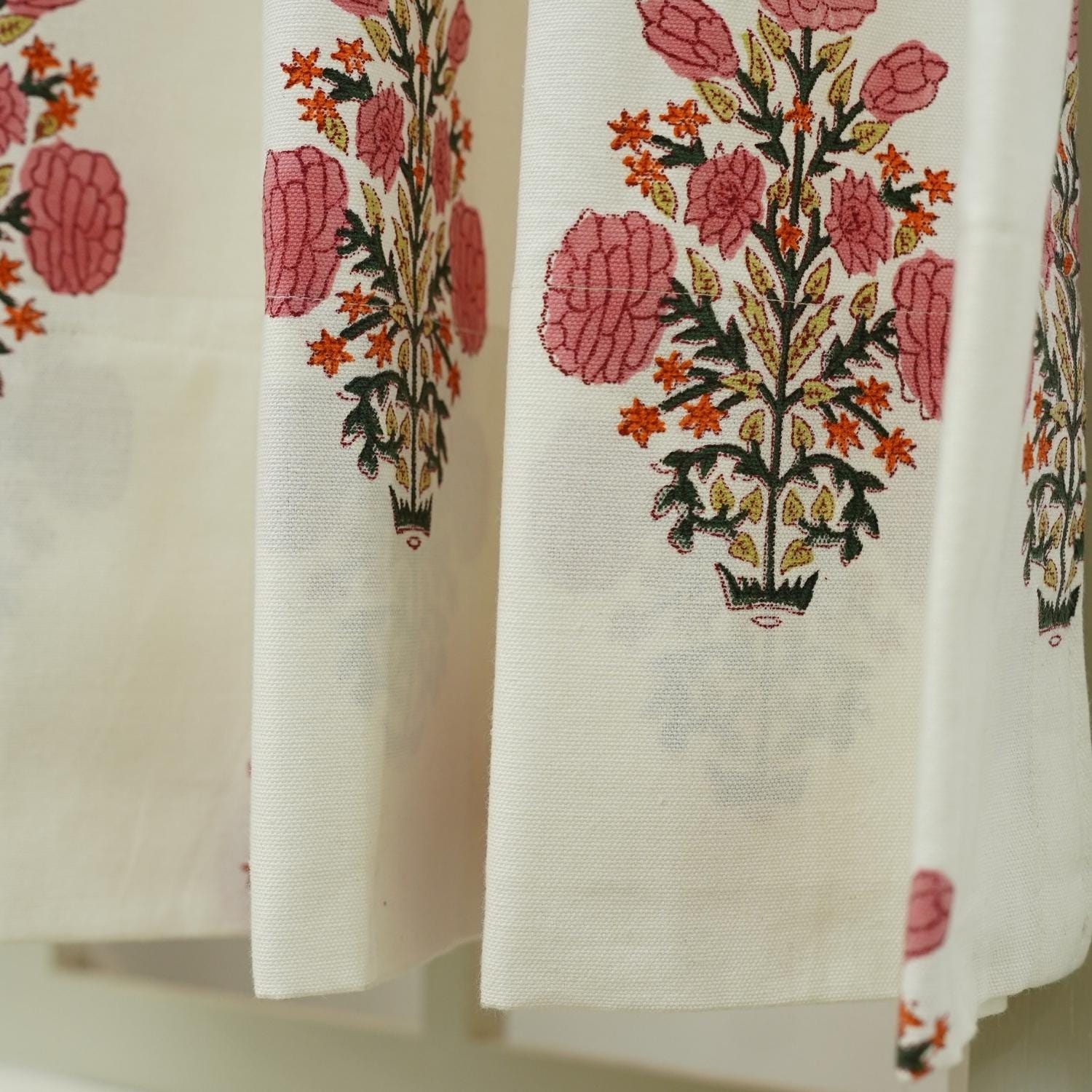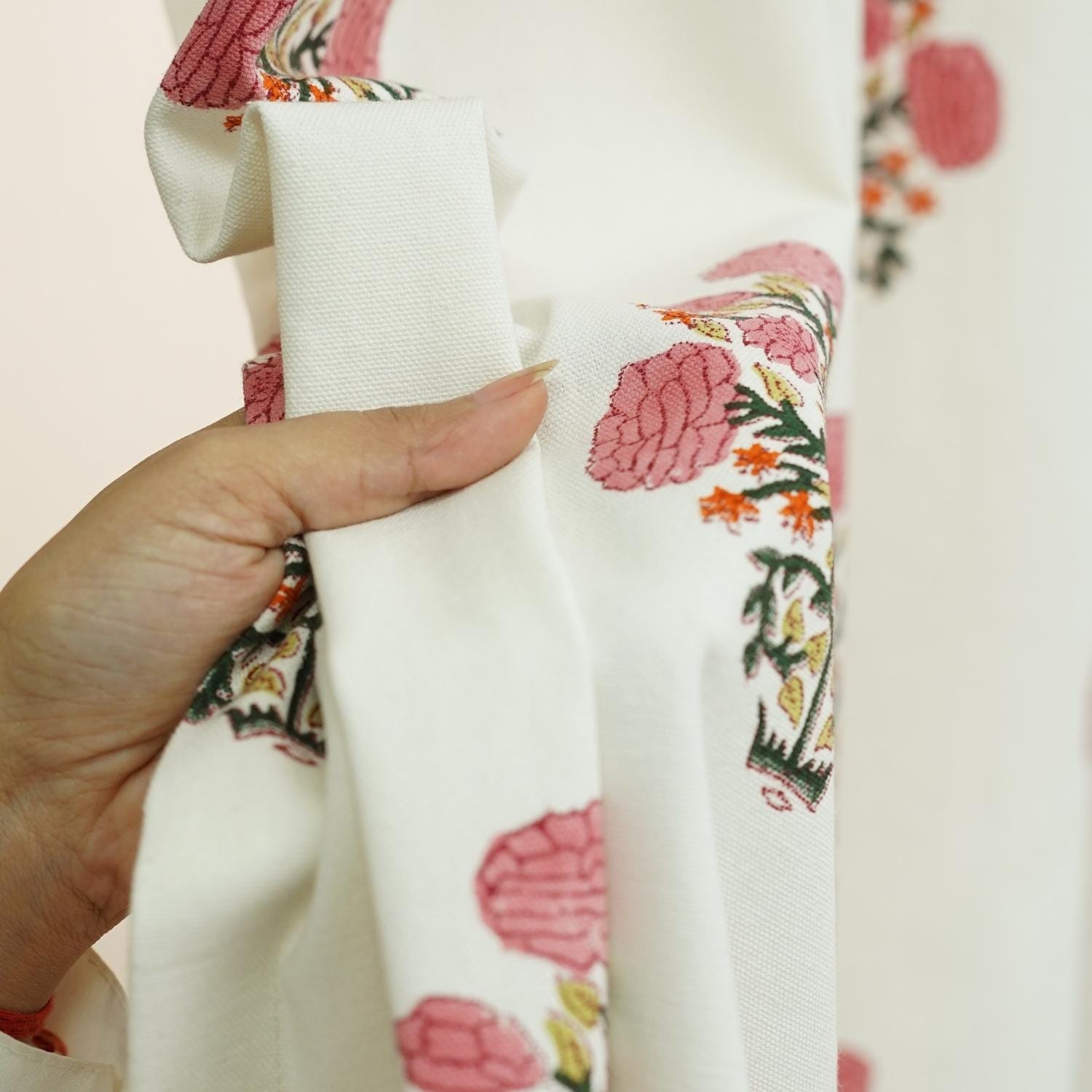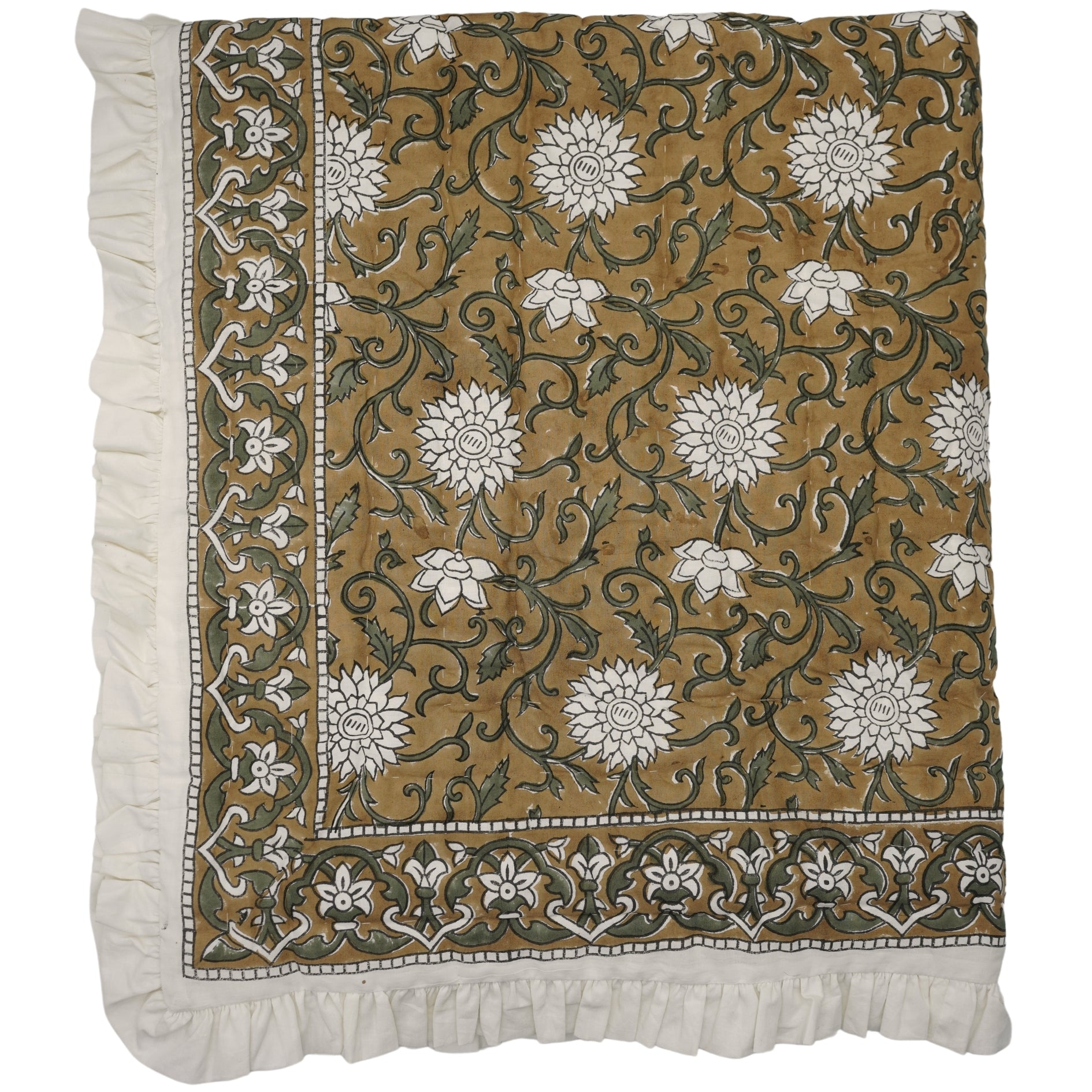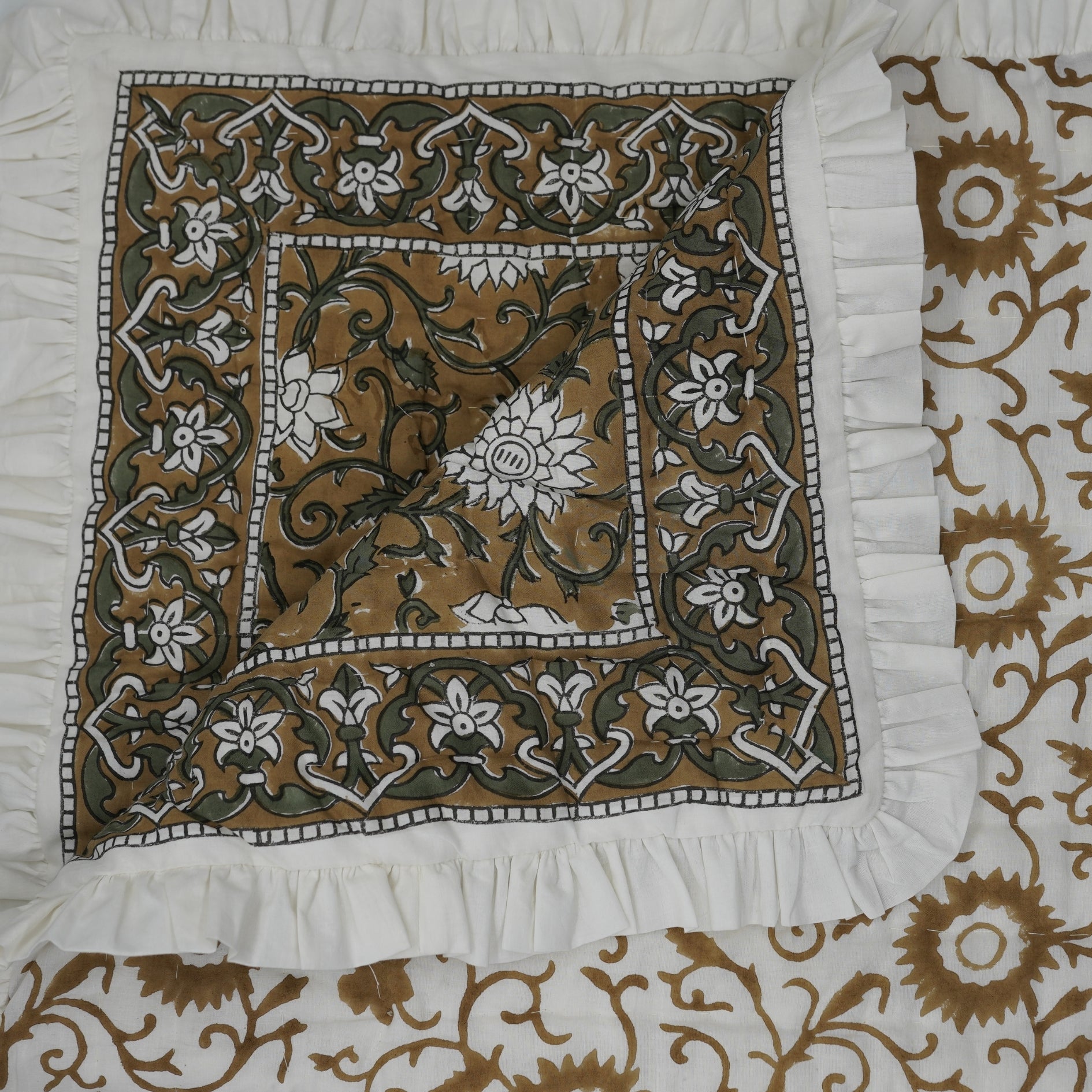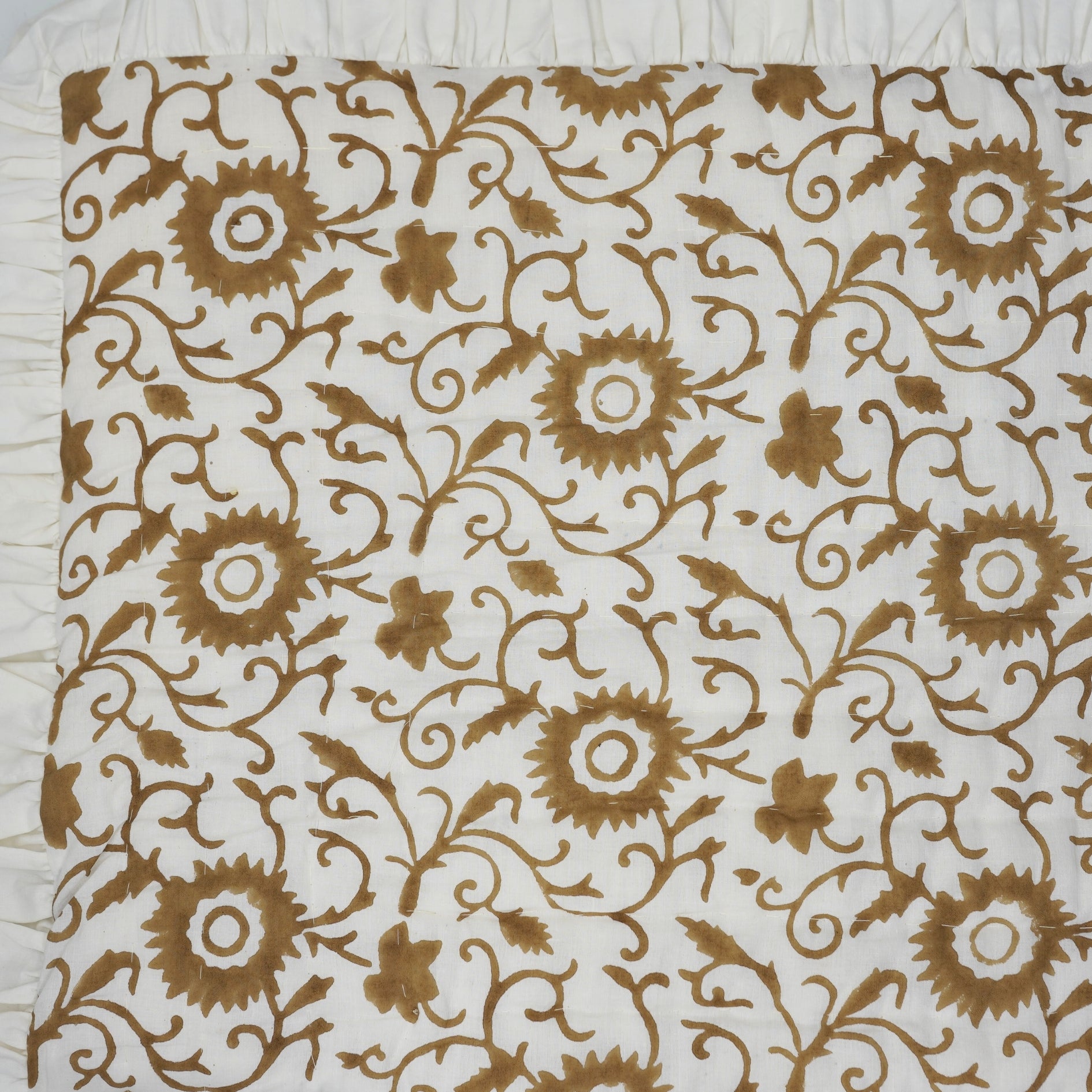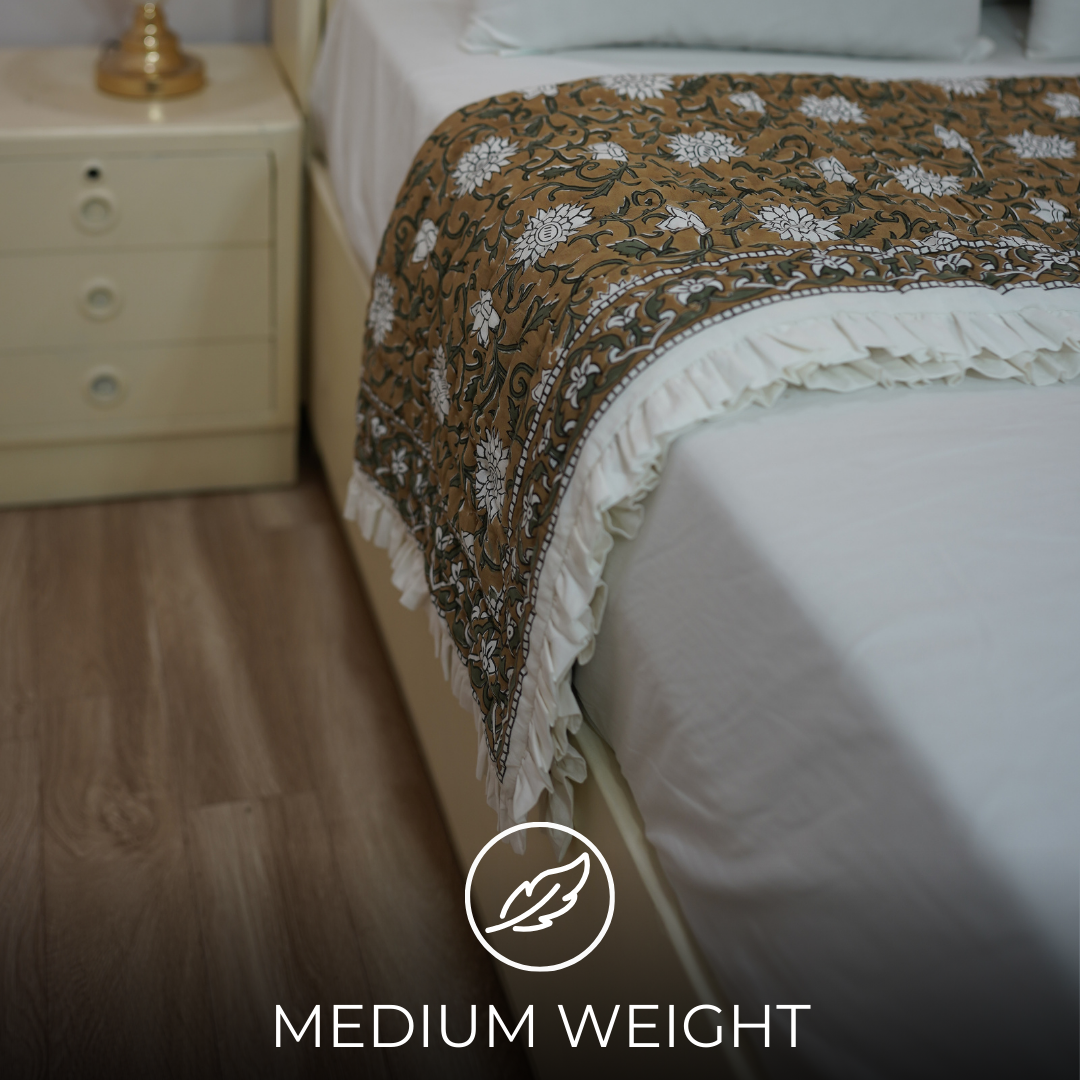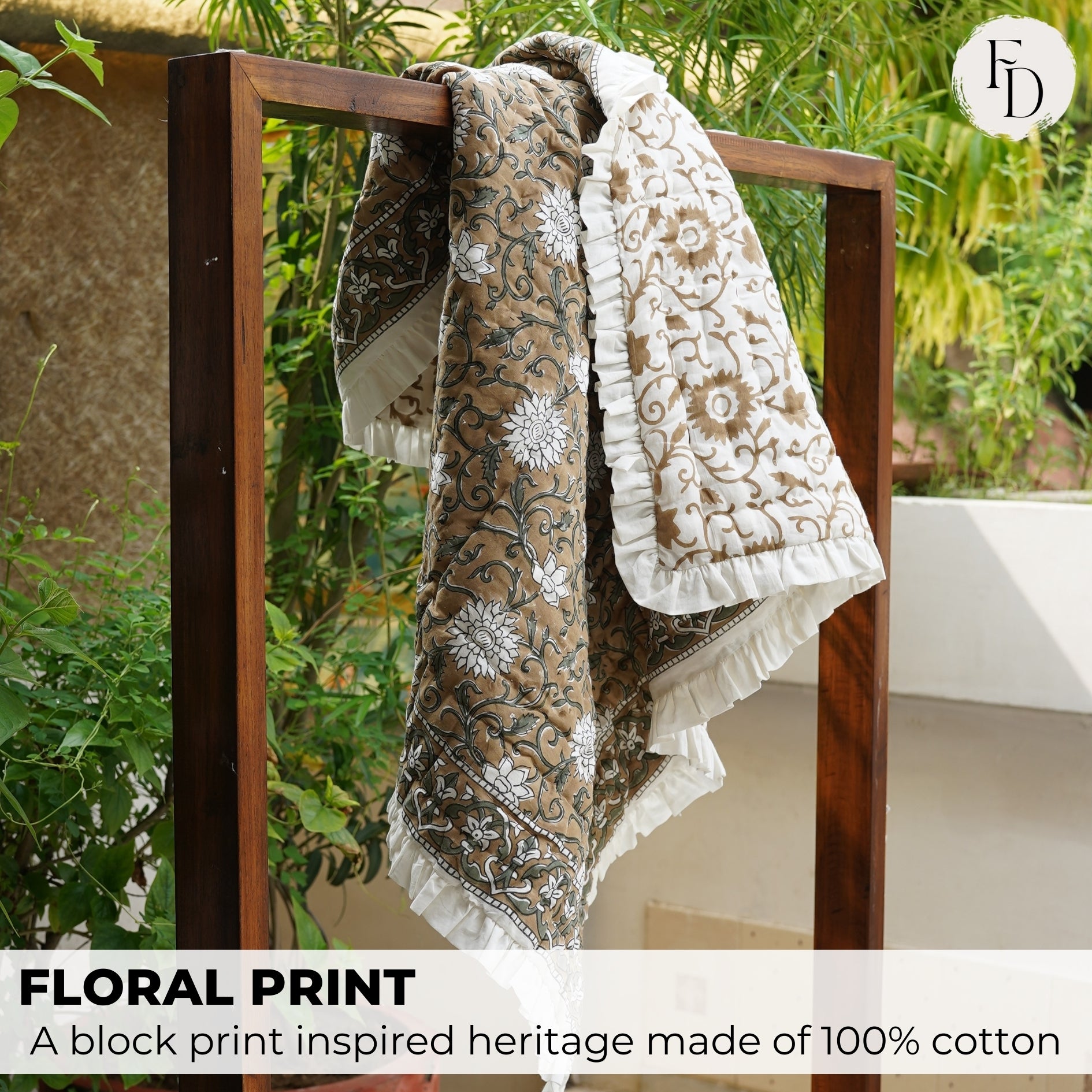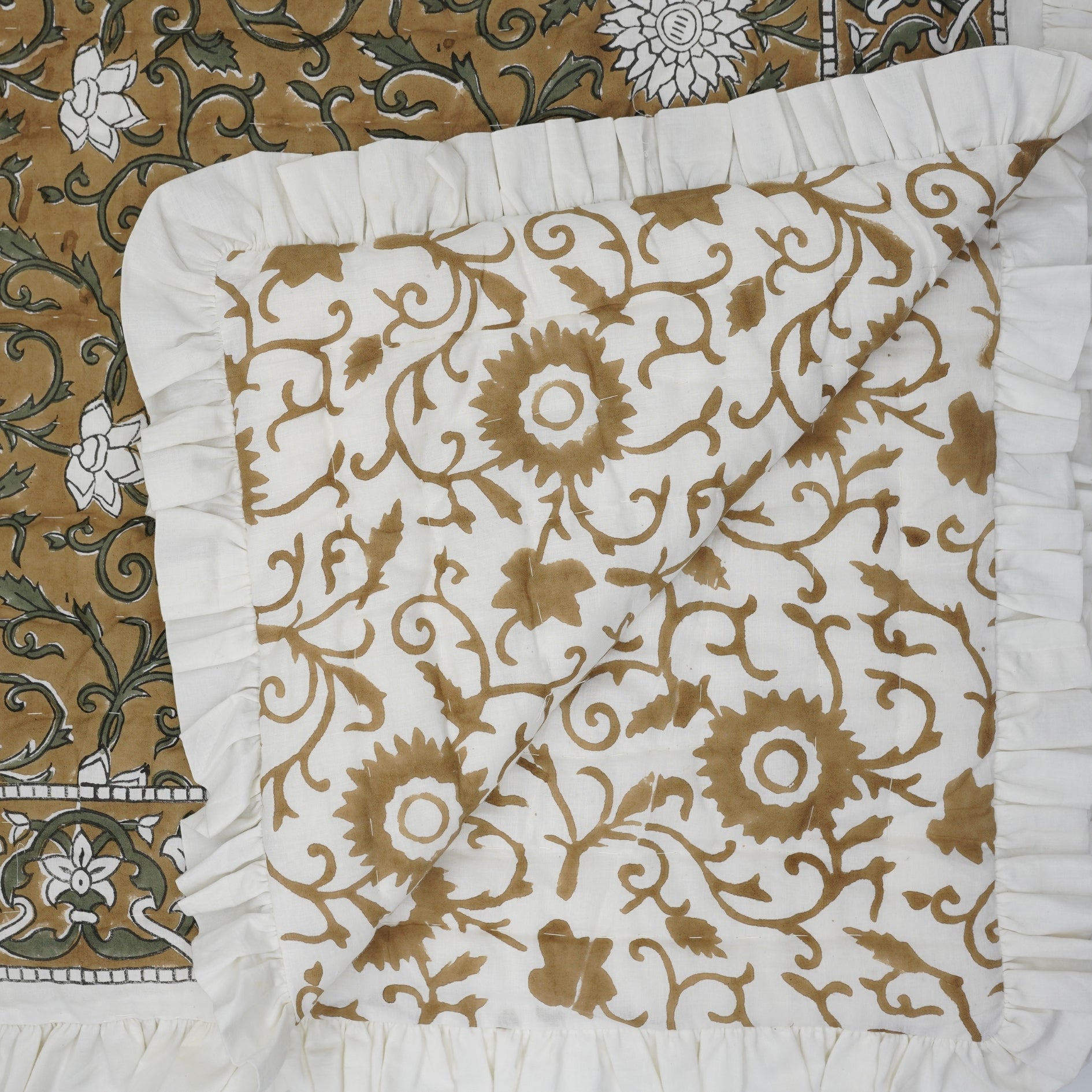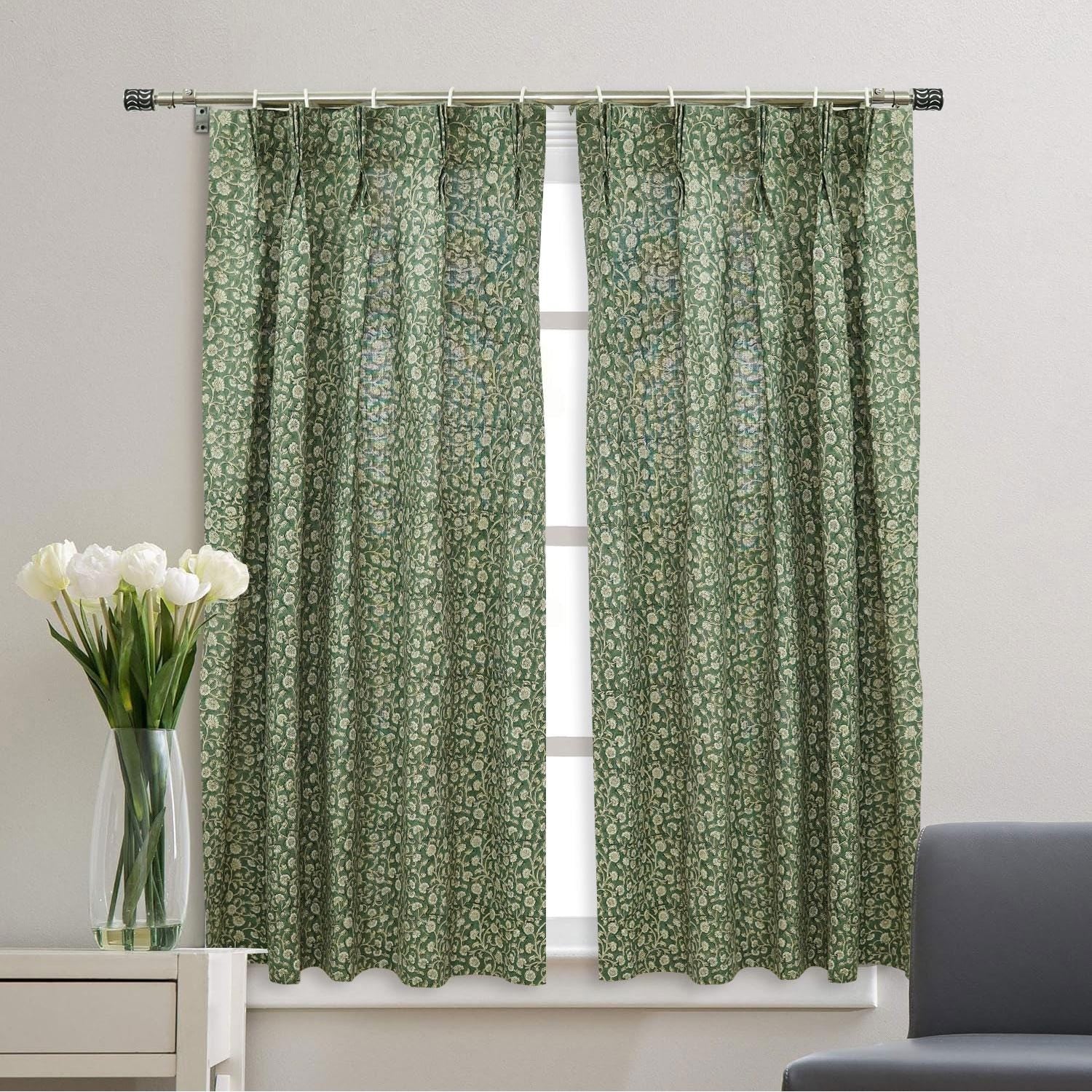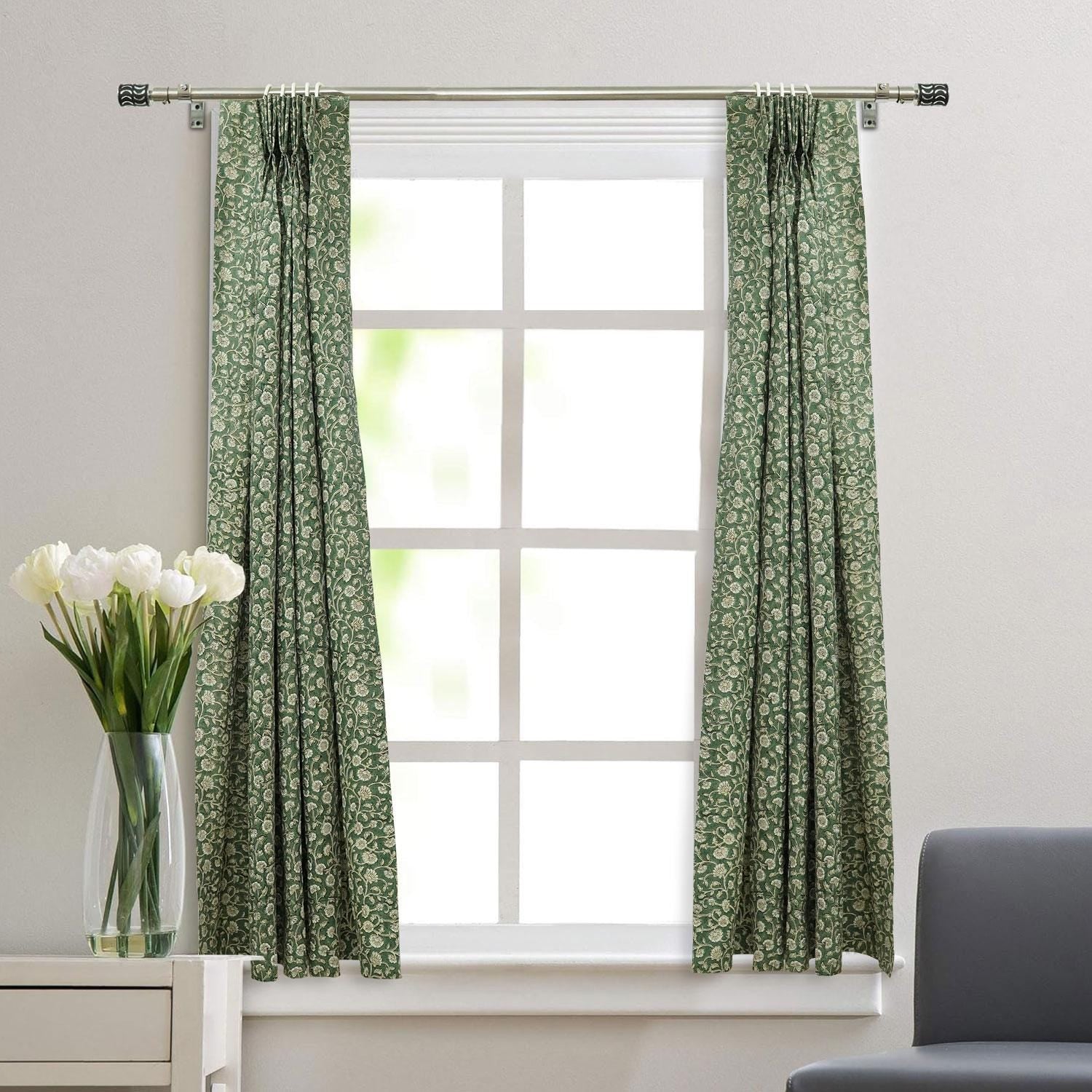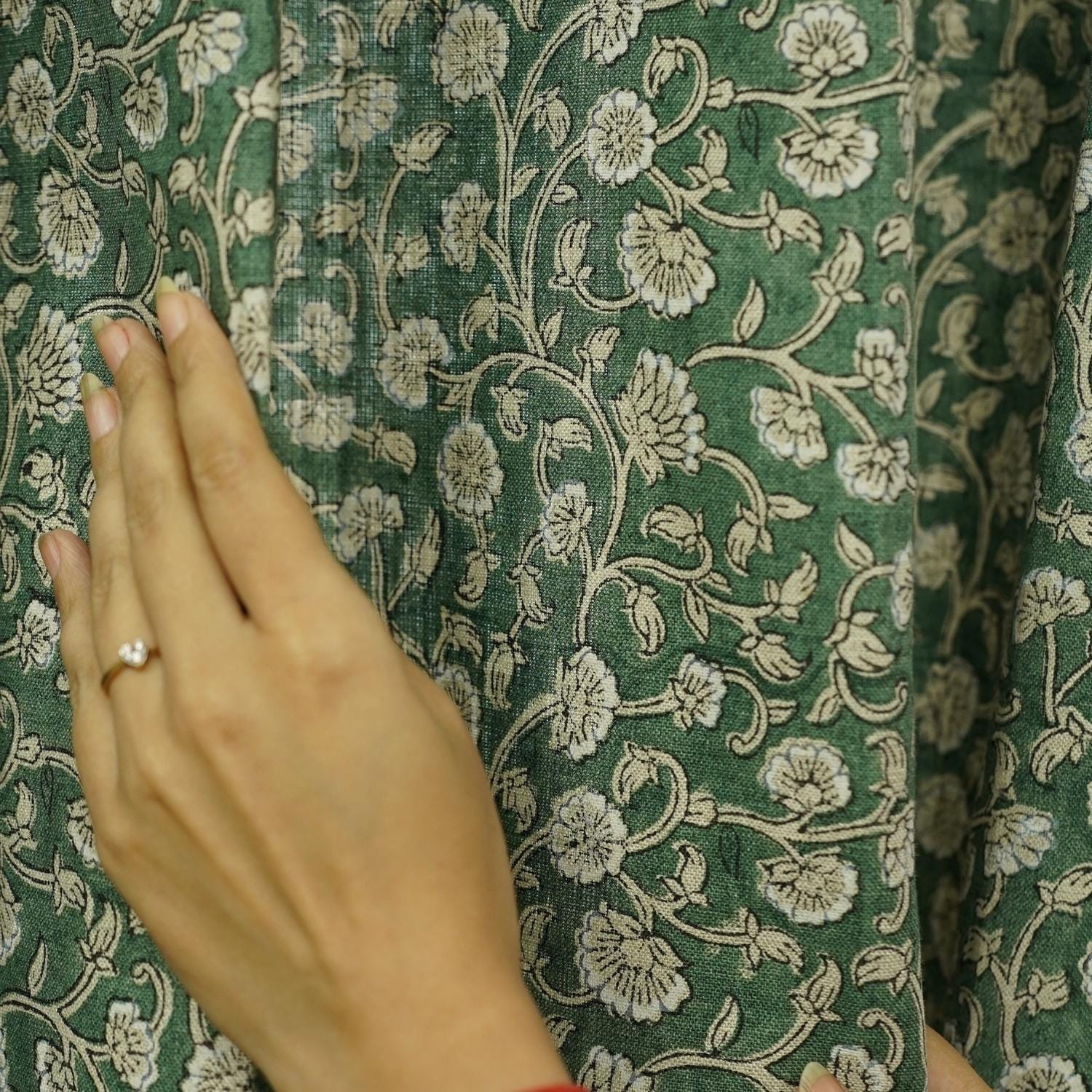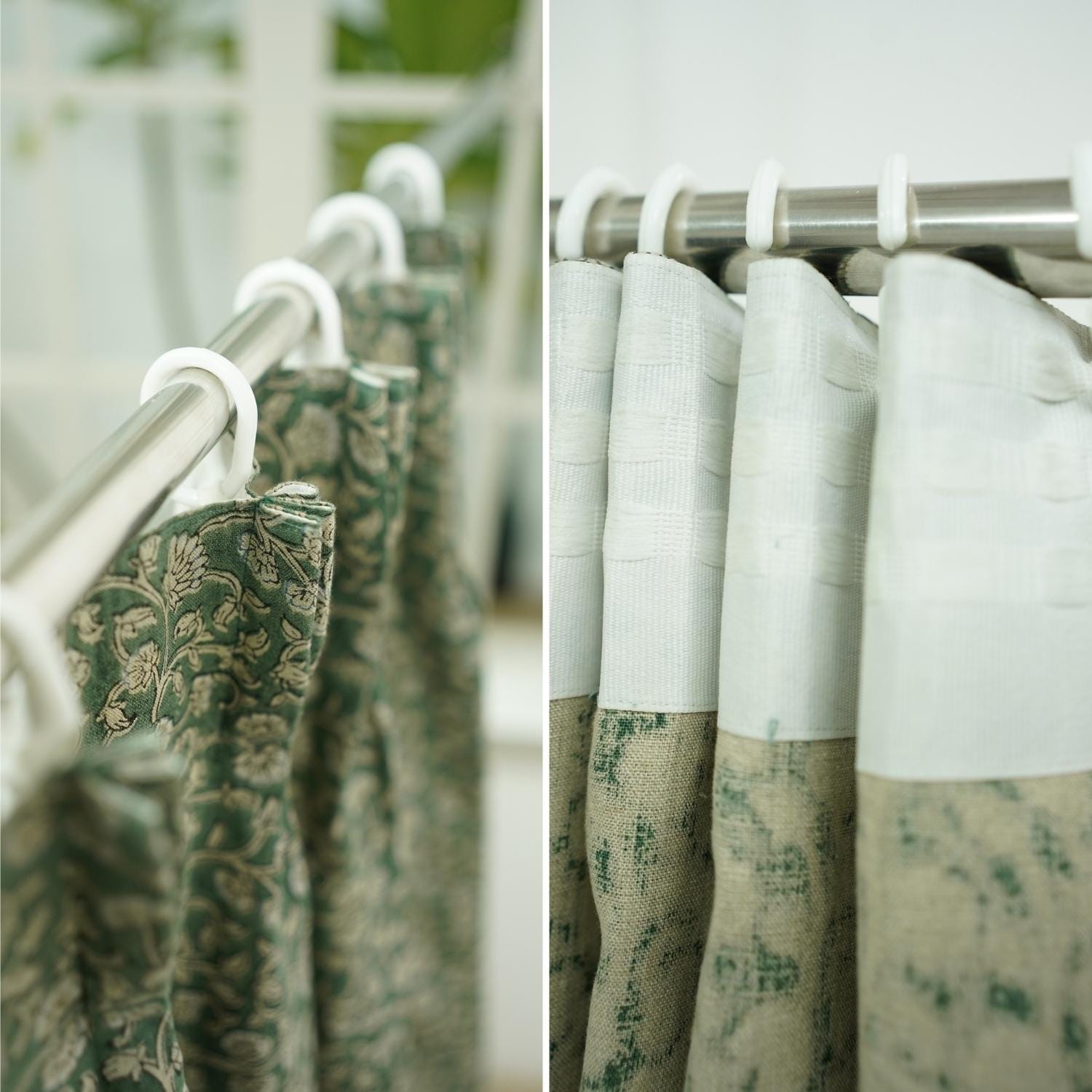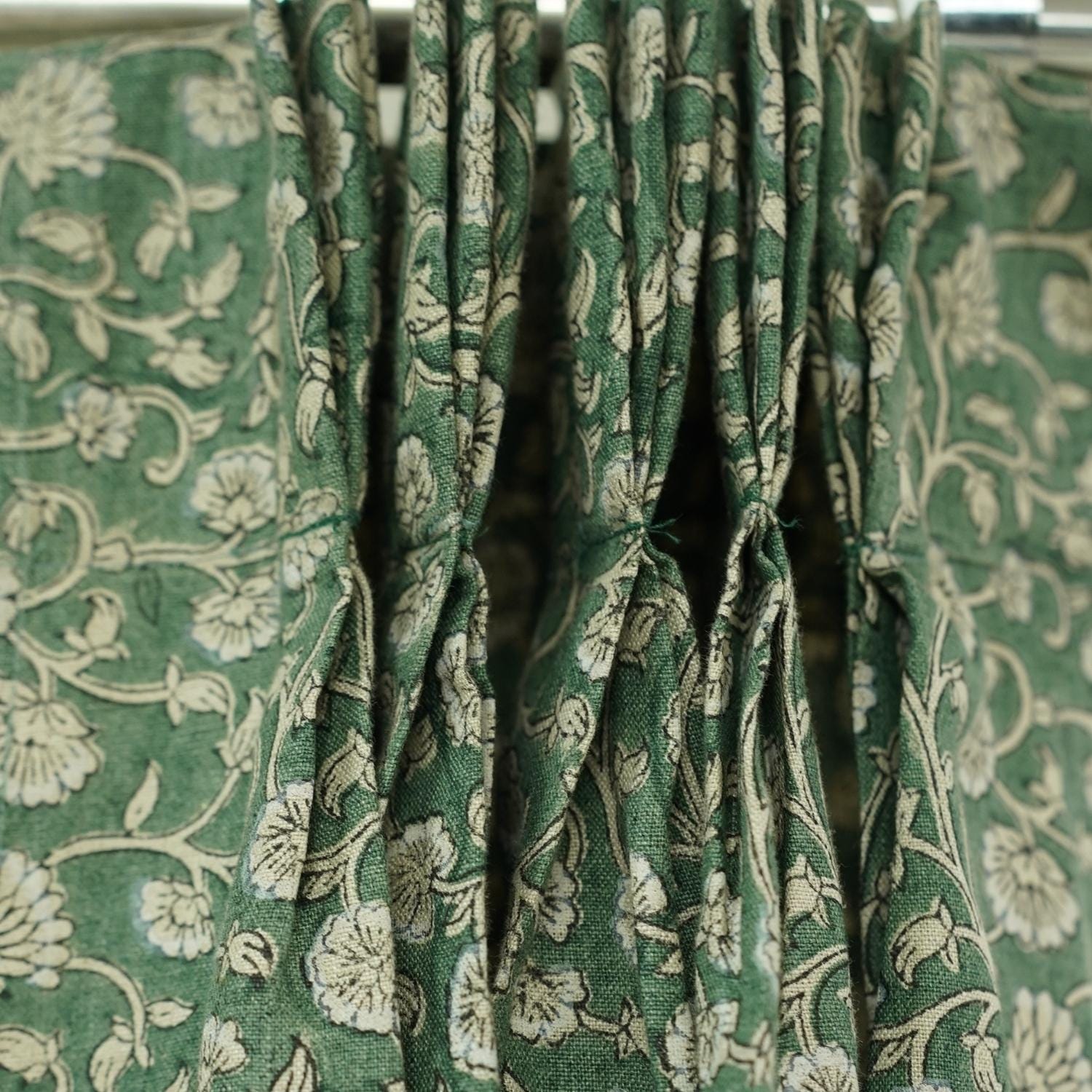Transforming a house into a home mainly depends on good decoration. Whether or not you choose to dress your windows often denotes your room’s entire vibe. Both renovators and those simply looking to refresh their homes often have to choose between using blinds or curtains. Every type of window treatment has a different look, function and practical value. Let’s discuss the ways in which curtain and blinds are alike, different and when they should be used.

What Do We Call Blinds?
Long horizontal or vertical slats are what make up blinds which are types of window coverings. Wood, faux wood, PVC, aluminum or fabric slats are strung and controlled using cords or remote systems. They allow you to manage light exactly and are made in several styles including:
1. Roller Blinds: These blinds are basic fabric and roll up or down to let light in or block it. If choosing between roller blinds vs curtains, roller blinds are best as they have a simple and efficient look.
2. Soft Roman Blinds provide a cozy and polished appearance for your home.
3. Joining sheer panels with blinds gives a house an attractive and soft-lit, modern touch.
4. Panel and Vertical Blinds: For wide, sliding doors, they provide perfect coverage and are efficient.
5. Using multi-shade materials means you can decide between open and closed rooms at any time and also control the light entering the room.
6. Duette & Pleated Blinds are recognized for being energy efficient and for having interesting textured fabrics.
Benefits of Blinds
• Great at intercepting excess light: Very beneficial when reviewing living room blinds vs curtains differences.
• Tight slats let you enjoy greater privacy.
• Easily fits small areas and is also suitable for use with sliding doors.
• Many materials like aluminum and PVC will last for a long time and need little care.
Drawbacks of Blinds
• Shades don’t provide as much decorative choice as curtains can.
• Uninsulated: May not keep heat as long as thick curtain material.
• There are fragile things that need extra attention to stay in good shape.
• Children and pets may get hurt if they come in contact with the studio’s electrical cords.

Pros And Cons Of Blinds
|
Pros of Blinds |
Cons of Blinds |
|
It offers excellent light controls, allowing adjustments of slat angles or raising/ lowering to regulate natural lights. It is ideal for bedrooms and home offices as well. |
These come in various colours and textures but they may lack decorative versatility and more options of decorations. |
|
Better privacy can be achieved with blinds, especially the ones that are fully lowered or with tighter slat closures. This makes these blinds ideal for ground-floor rooms and toilets. |
Blinds, especially horizontal slatted ones, may offer less insolation than thicker curtains which could cause heat-trapping and suffocation at some point in time. |
|
Blinds have a compact design, suitable for smaller rooms or windows with limited clearance, making them ideal for sliding doors and tight spaces. |
Blinds, particularly those made of delicate materials like fabric or paper, can be prone to damage and may require frequent maintenance. |
|
Blinds if taken care of can last up to more time as these are made up of materials like PVC or aluminium that could last without the need to wash like curtains. |
Cords in the blinds can lead to problems with entanglement to the kids so the choice of Blinds with cords should be made very consciously and thoughtfully. |
|
With the assistance of a certified installation, blinds may be customized to meet any interior style thanks to their wide range of materials and colors. |
More frequent cleaning is demanded in blinds and hence, the user should be more aware of cleaning things. |
What Makes Up Curtains?
Curtains are pieces of fabric that are hung from rods to give a room some texture, softness and style. Kimono fabrics include cotton, linen and polyester and you can easily select the design and length you like. Curtains tend to be more noticeable than blinds in a room.
Curtains come in several types for your convenience.
1. Quick Upgrades: Pick from our selection of Ready-to-Install styles.
2. These curtains offer some light, keeping parts of what’s happening indoors visible to those outside.
3. Blackout curtains are excellent in the bedroom; between curtains and blinds, blackout curtains usually offer better fabric insulation.
4. Drapes: Beautiful and substantial types of curtains found in more elegant areas.
5. Tab curtains have loops in the top to give them a casual feel.
6. Rod Pocket Curtains: Pockets that slide without effort over the rod, making them easy to use.
7. Eyelet Curtains: Elegant, simple curtains that can be hung without trouble.

Types Of Curtains
-
Express Curtains: Convenient and quick-to-install curtains available in various styles and fabrics, perfect for those seeking a hassle-free window treatment solution.
-
Sheer Curtains: These lightweight curtains allow natural light to filter through while providing minimal privacy.
-
Blackout Curtains: These opaque curtains are designed to block out sunlight and provide maximum privacy and insulation.
-
Drapes: These heavy, floor-length curtains add a touch of elegance and luxury to any room.
-
Tab top curtains: These are the loops of fabrics sewn together to allow sliding on the rod. These loops usually match the print, color, and texture.
-
Rod Pocket Curtains: These have the top pane sewn to form a pocket. It is made up of lightweight or sheer fabrics, these curtains are most suitable for casual settings.
-
Eyelet or Grommet curtains: These are the most common curtains types. They have a modern look and give a very casual, almost laid-back aura to the room. It is also suitable for minimalist design and decoration.
The Benefits of Curtains
• Flexibility in appearance: Texture, color and design make interior spaces unique.
• Privacy and comfort: Barriers to views from the outside and reduced noise.
• Fabrics can protect your home by helping to control room temperature.
Problems with Using Curtains
• Have to be dusted and washed at least once a month.
• Custom and expensive fabrics can add up in cost.
• Curtains that don’t block all the light: Not all curtains are able to keep out every bit of light.
• Open or folded: On some furniture, using them can interfere with the view.
• Setting up difficulties: It may be best to get professional help for heavy curtains.
Curtains vs Blinds
While comparing curtains vs blinds vs shades, it's important to understand that shades are often a hybrid of both. Shades, especially roller and cellular types, offer the softness of curtains with the adjustability of blinds.
|
Feature |
Blinds |
Curtains |
|
Material |
Wood, faux wood, aluminum, PVC, modern fabrics |
Fabric panels in various textures and patterns |
|
Light Control |
Adjustable with slats or rolling mechanisms |
Blocks light more broadly, less control |
|
Privacy |
Excellent with closed slats |
Offers privacy and absorbs sound |
|
Space Efficiency |
Compact, suitable for tight spaces |
Needs space, can obstruct views |
|
Durability |
Sturdy and long-lasting materials |
May require frequent replacements |
Use Cases: Where to Use Curtains or Blinds
When evaluating window blinds vs curtains, context is key. Curtains are ideal for:

- Living rooms needing soft aesthetics and style.
- Spaces requiring partial privacy and airiness.
Blinds, on the other hand, work best in:
- Bathrooms and kitchens, where moisture-resistance is essential.
- Bedrooms, especially when comparing blind V/S blackout curtains—blinds often win for tighter light control.
- Home offices, where precise light control and minimal distractions are required.
Which Is Better? curtain vs blinds
Which you choose, blinds or curtains, should be based on what fits your home best. What’s most important to you—style, privacy, supervisory light or keeping things simple—will affect your choice. With blinds, you don’t have to worry about maintenance and can save space in your home. If being convenient, choosing a variety of looks and adjusting the design are your top goals, curtains could be your best answer.
If you are conclusive between curtains and blinds, think about the room’s most mutual uses. Filling your living room with blinds rather than curtains might feel more visually stable, but blackout curtains vs blinds or even blackout curtains may give you more control over your light.

If you opt for curtains, blinds or use them both, you’ll find a functional and welcoming atmosphere in any room. Choose something for your window that represents your way of living. Design your home with the right art and watch your comfort and elegance grow.
FAQs: Curtains vs. Blinds – The Ultimate Window Treatment Showdown
1. What are the key differences between curtains and blinds?
Curtains are fabric panels that hang from a rod, offering a soft and decorative touch, while blinds are hard window coverings made of wood, vinyl, or aluminum that provide precise light control and a sleek, modern look.
2. Which option is better for blocking out light?
- Curtains: Blackout curtains are best for completely blocking light, making them ideal for bedrooms.
- Blinds: While some blinds offer good light control, they typically allow more light to filter through than curtains.
3. Are curtains or blinds better for energy efficiency?
Curtains, especially thermal or blackout ones, provide better insulation, keeping rooms warmer in winter and cooler in summer. Cellular blinds (honeycomb shades) are also energy-efficient due to their heat-trapping structure.
4. Which is easier to clean: curtains or blinds?
- Blinds: Easier to clean—simply wipe with a cloth or duster.
- Curtains: Require occasional machine or dry cleaning, depending on the fabric.
5. Which is more stylish for home décor?
Curtains add elegance, warmth, and a cozy feel, making them a great choice for traditional, boho, or luxurious interiors. Blinds suit minimalist, modern, and industrial designs due to their sleek and structured look.



